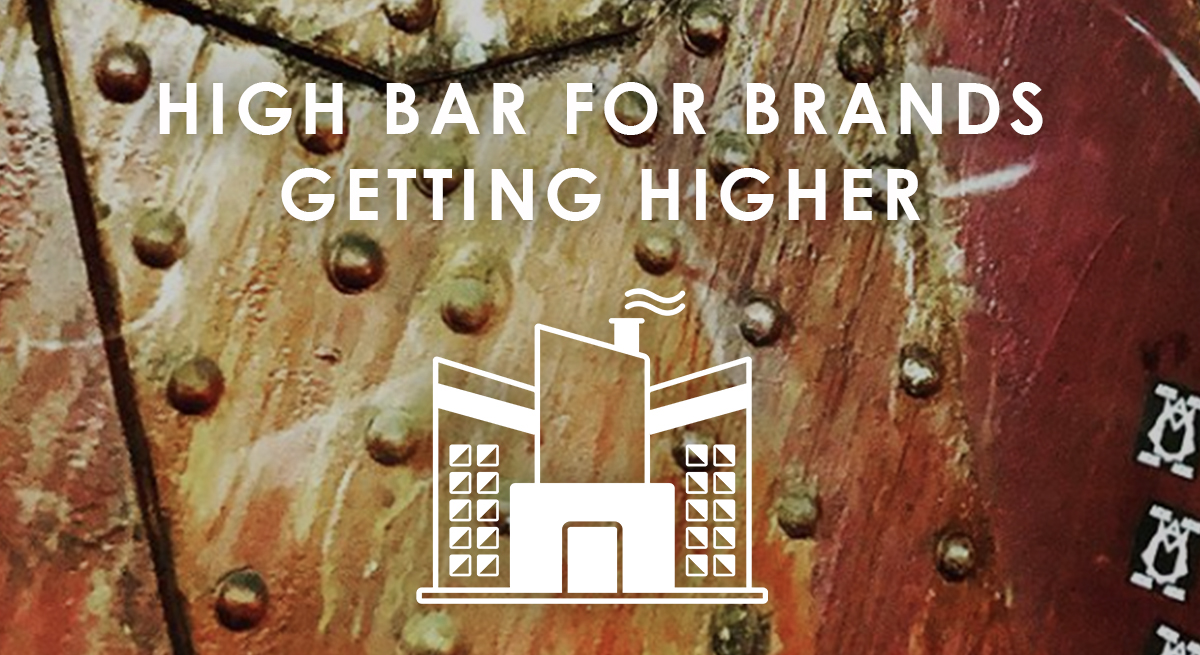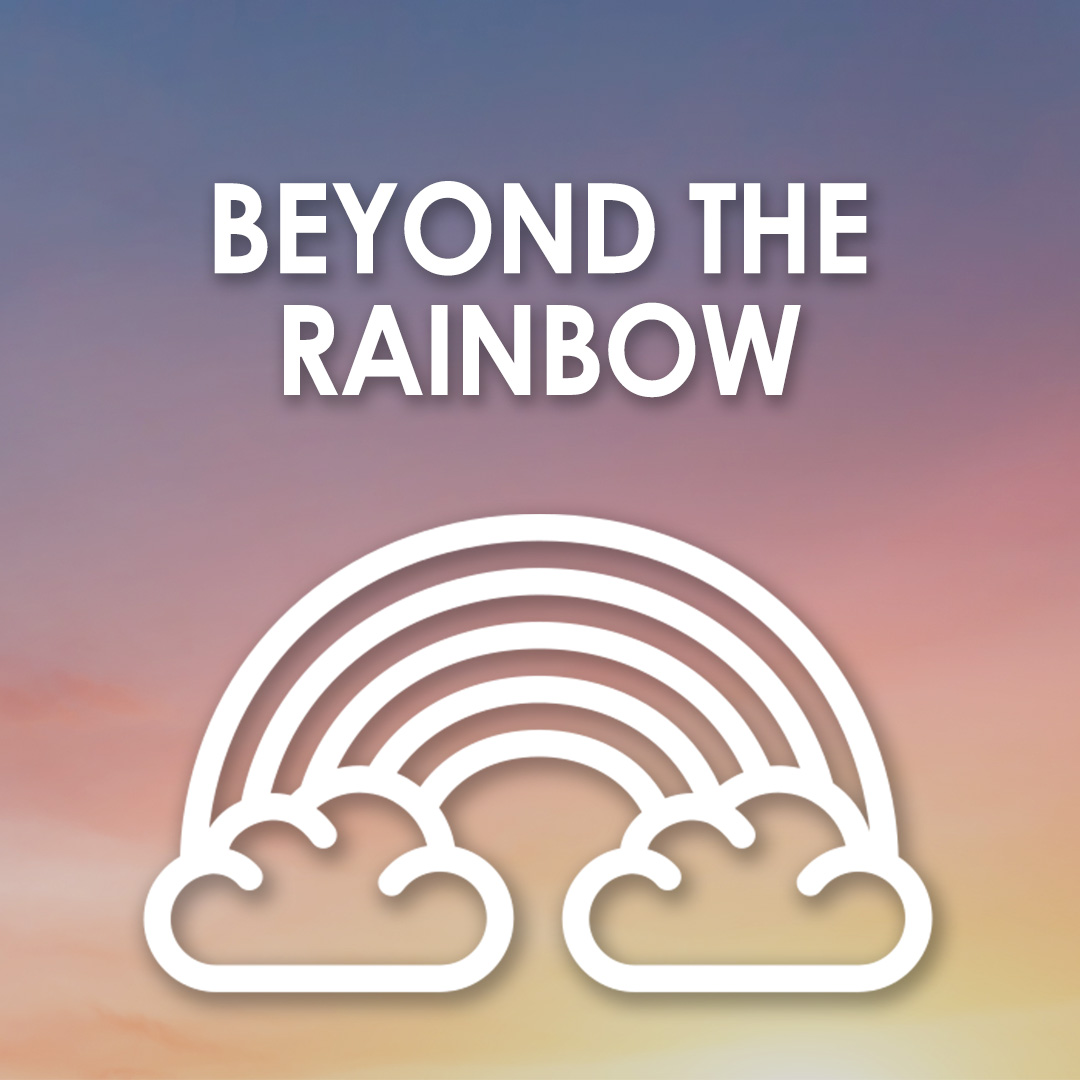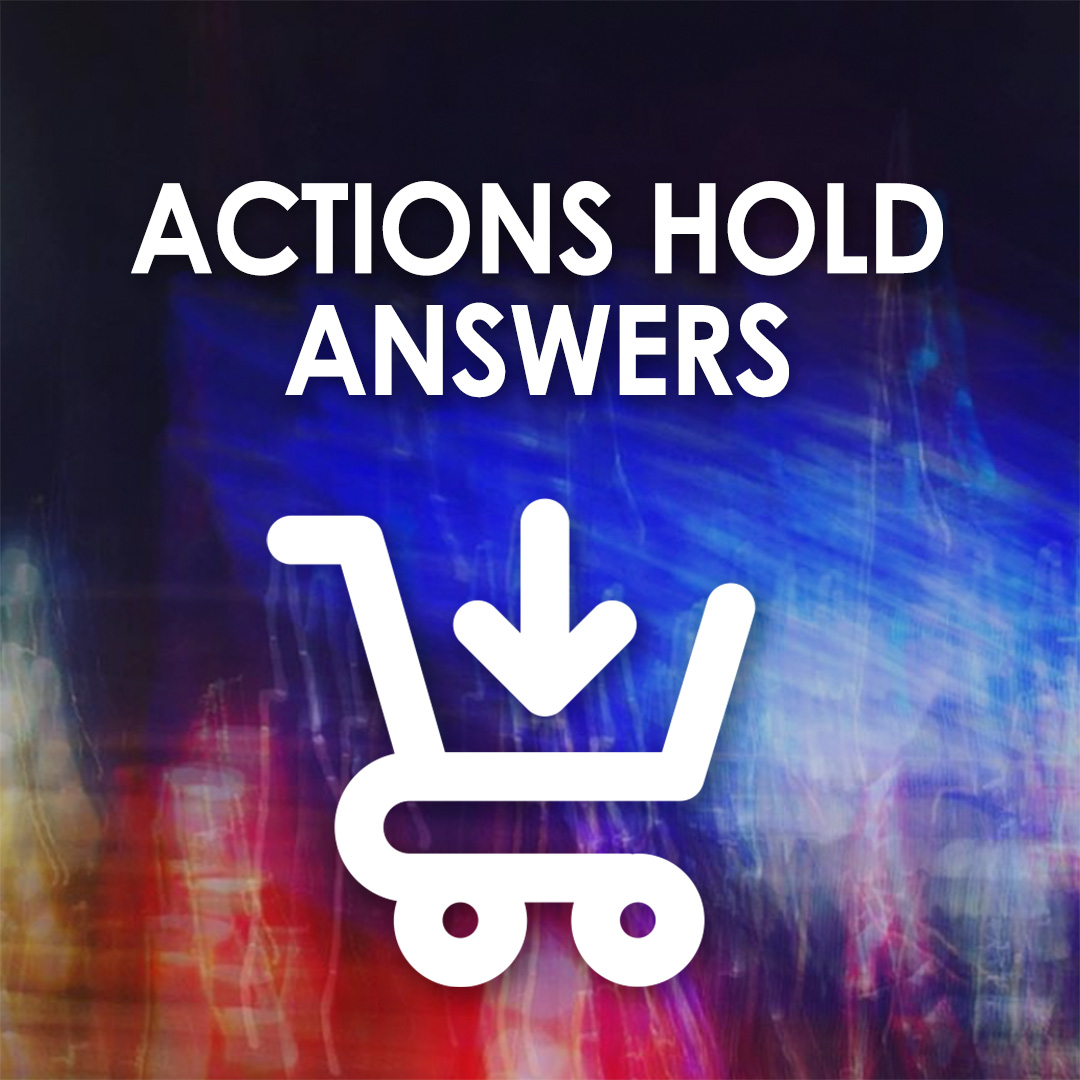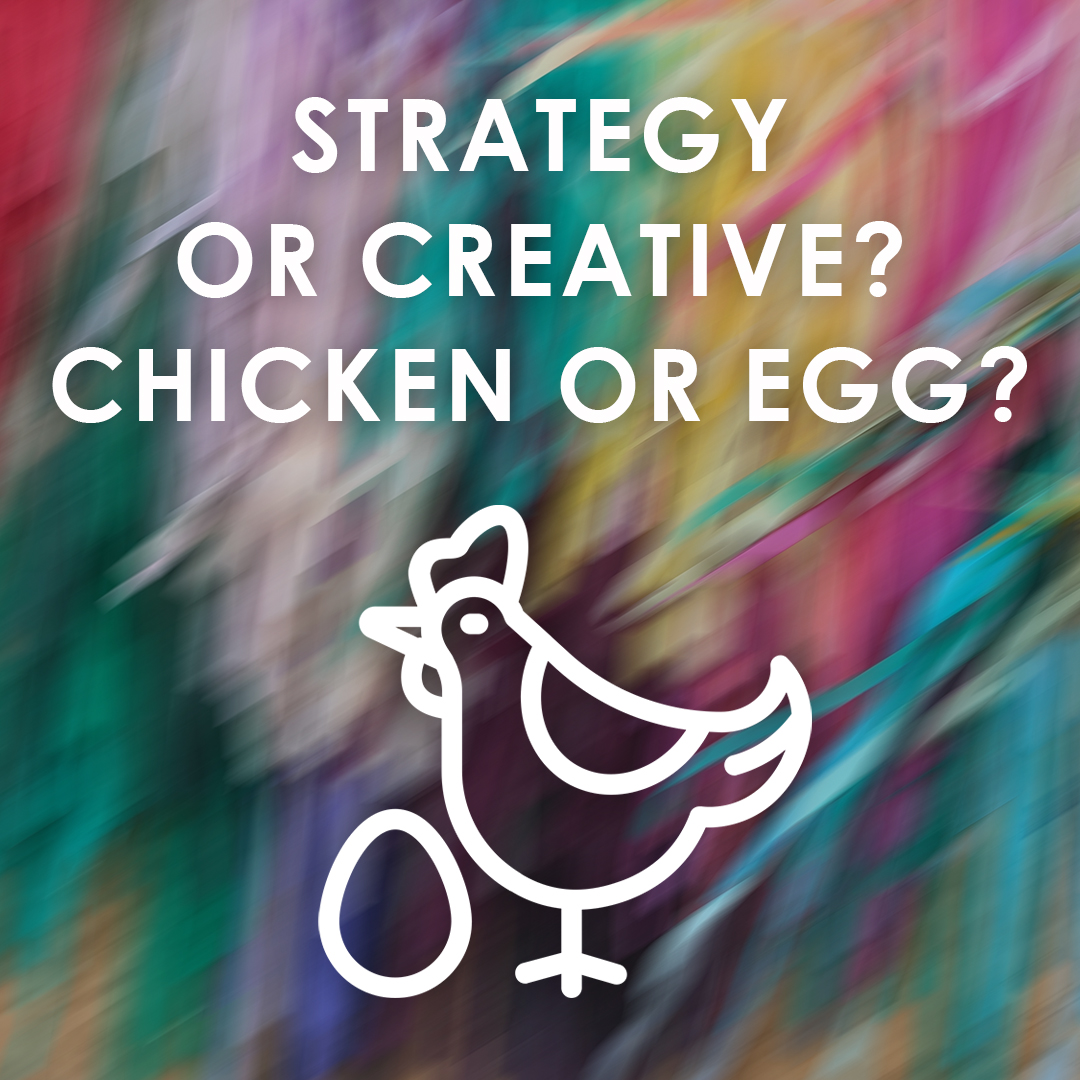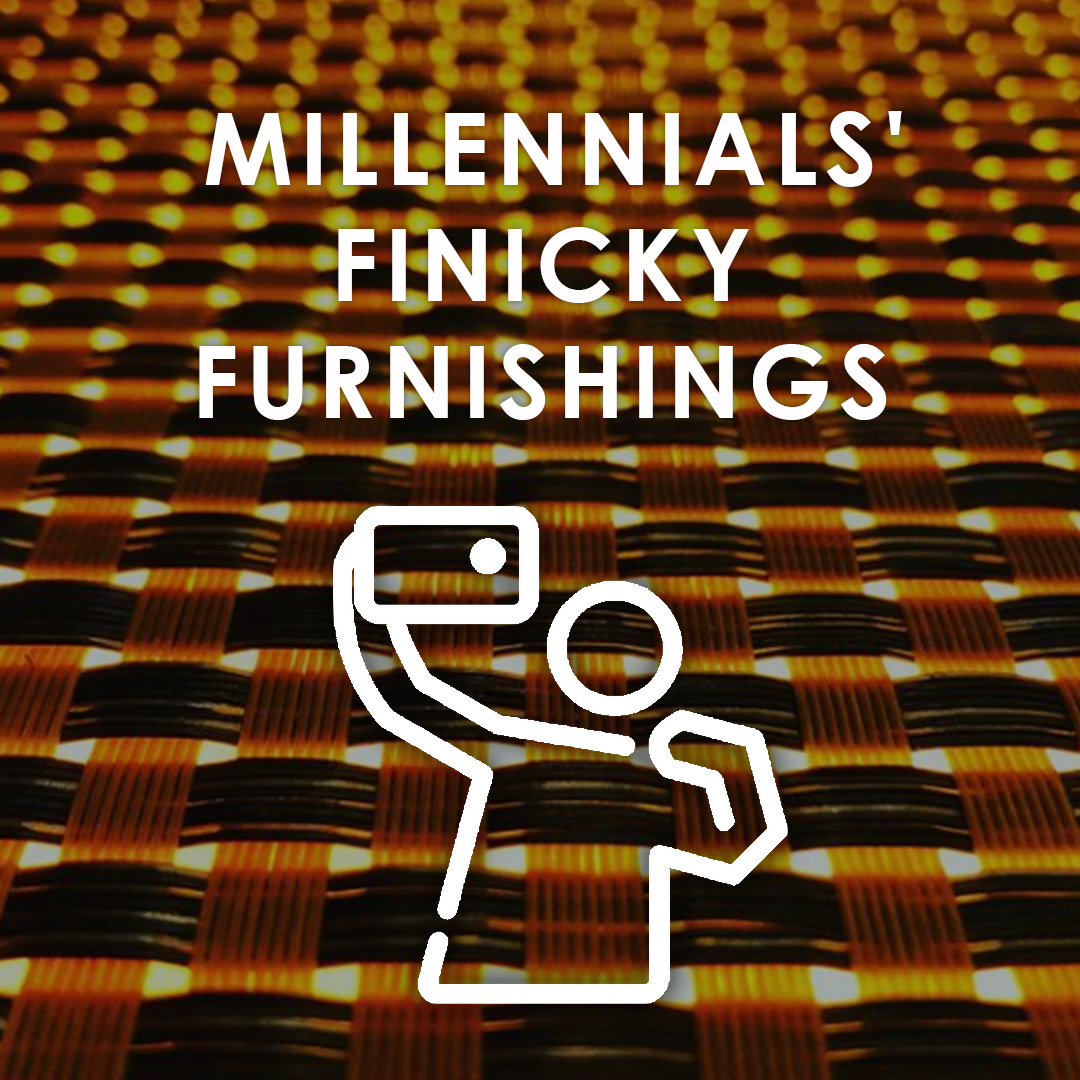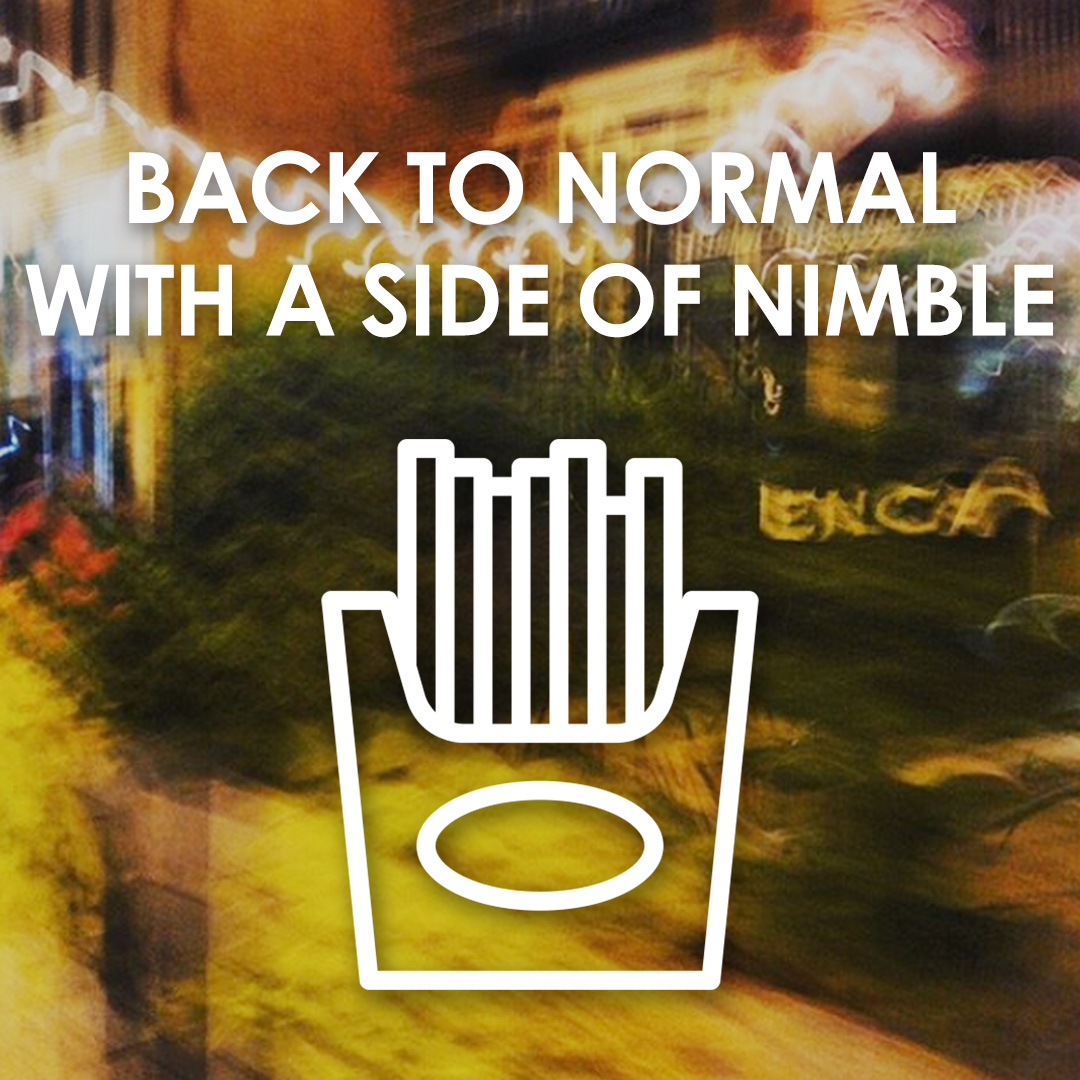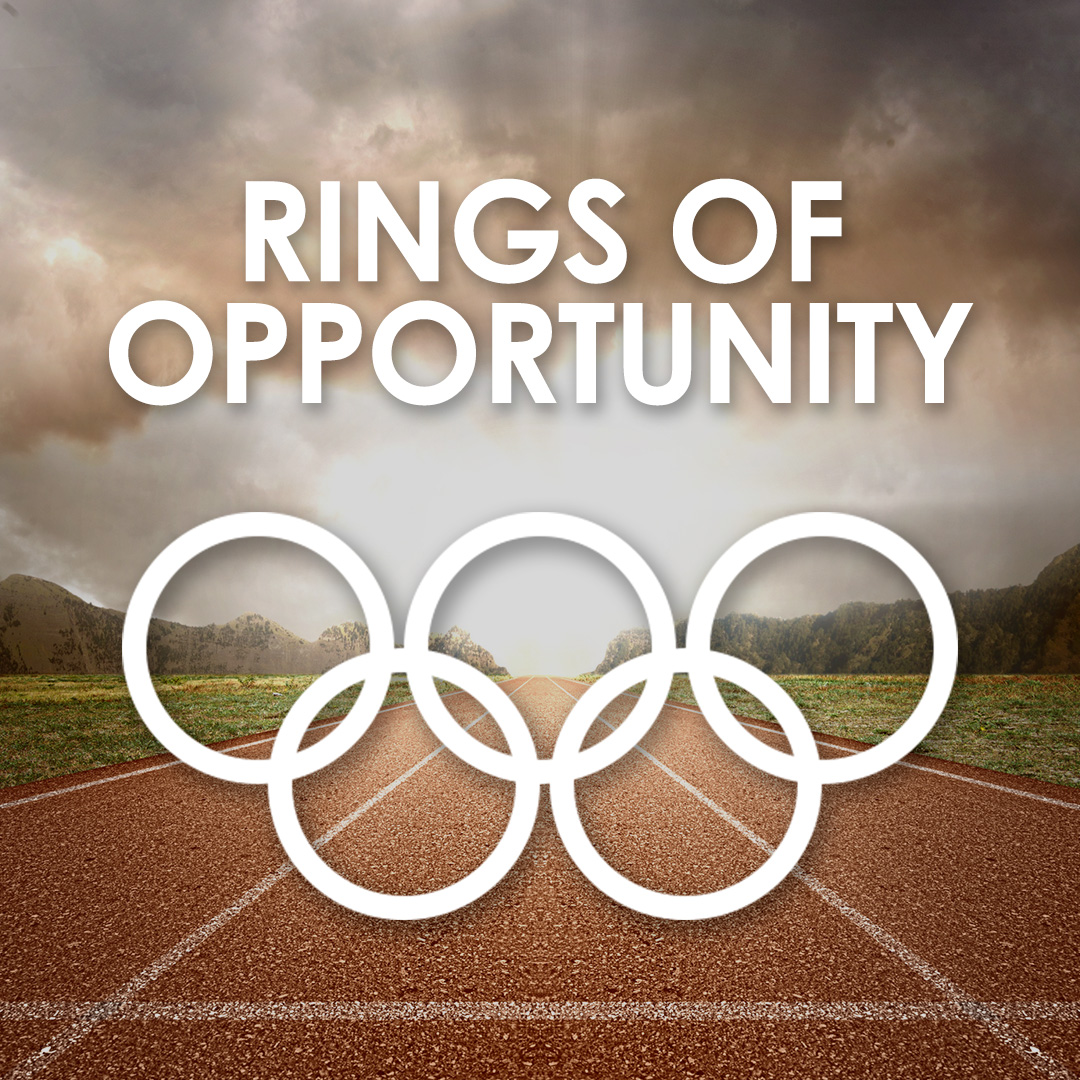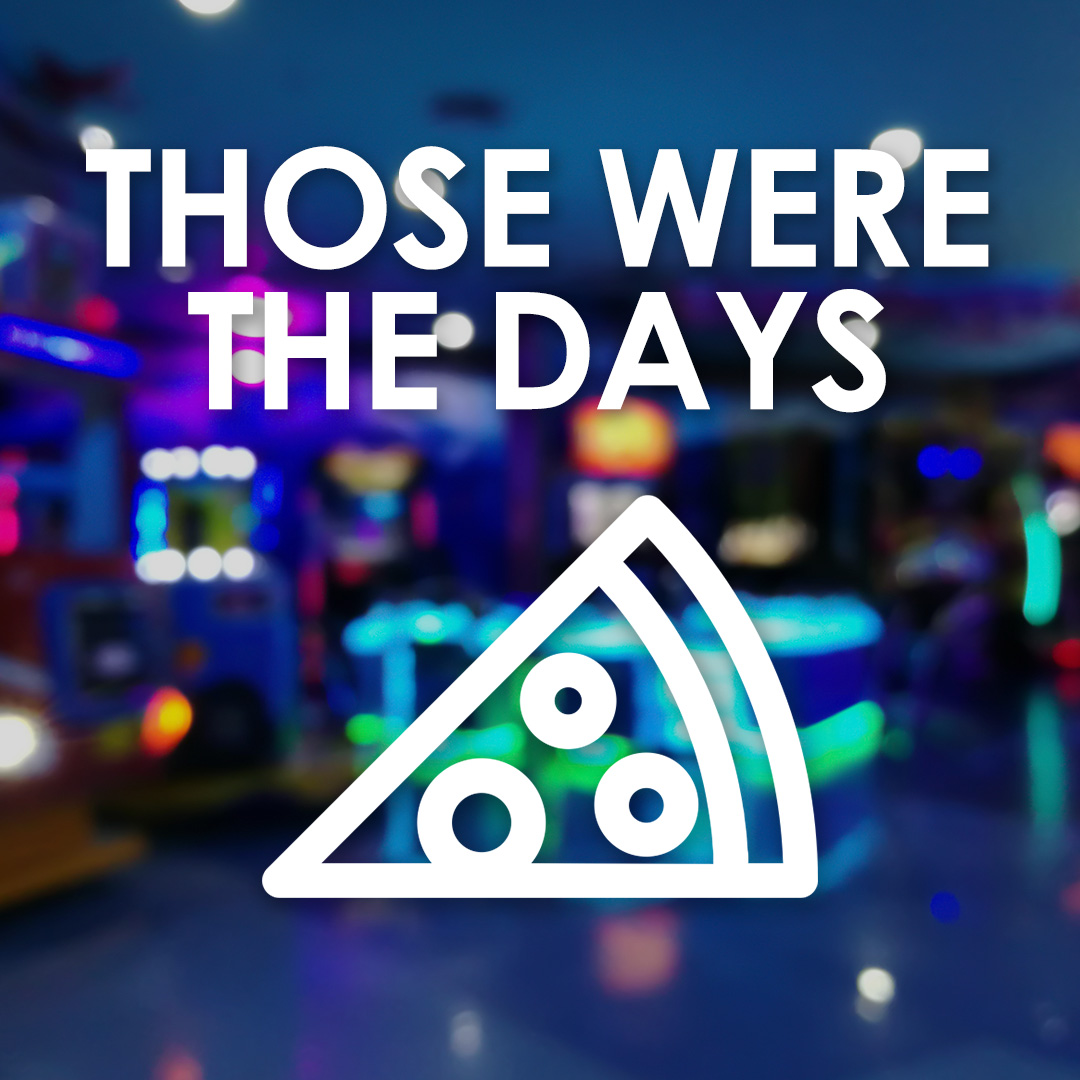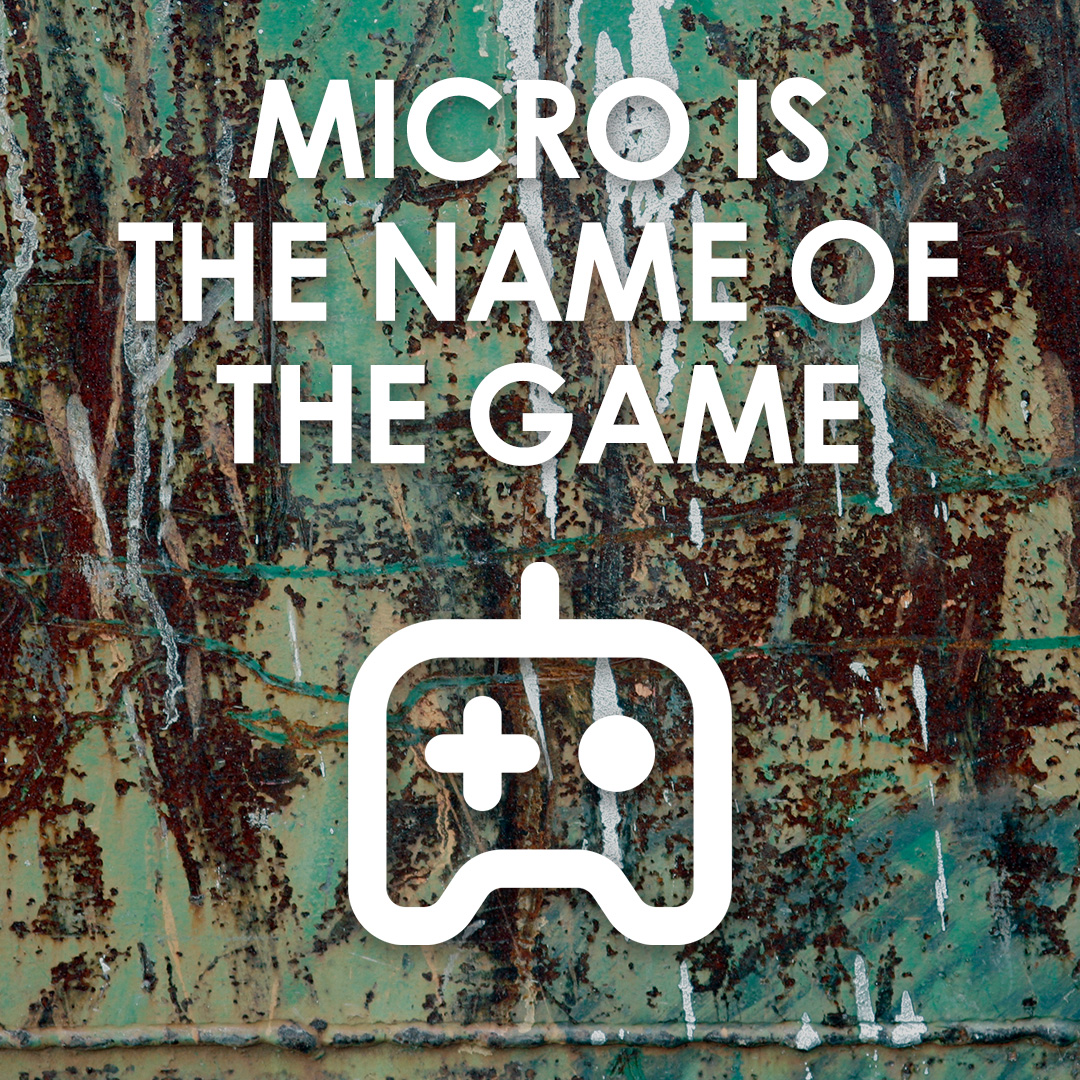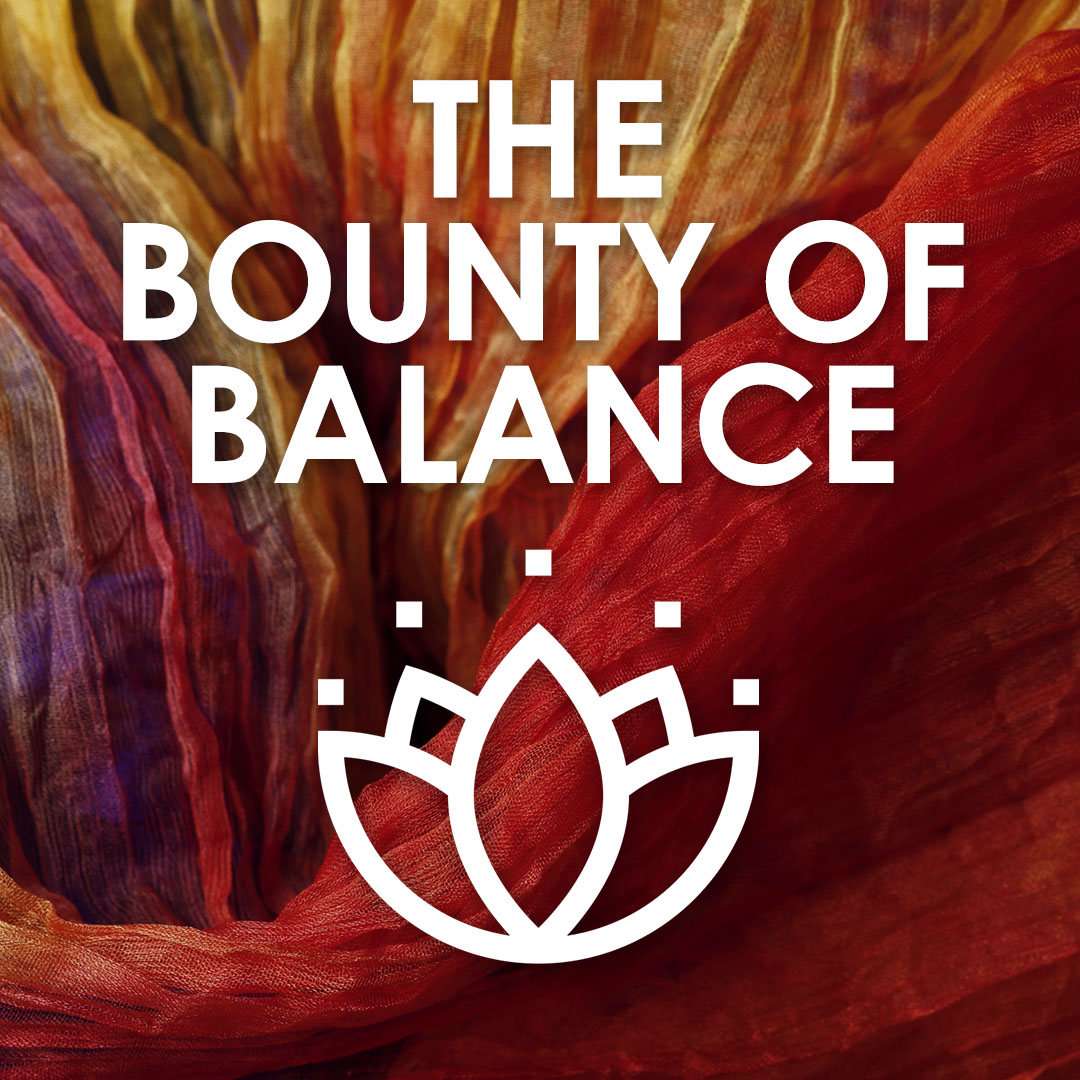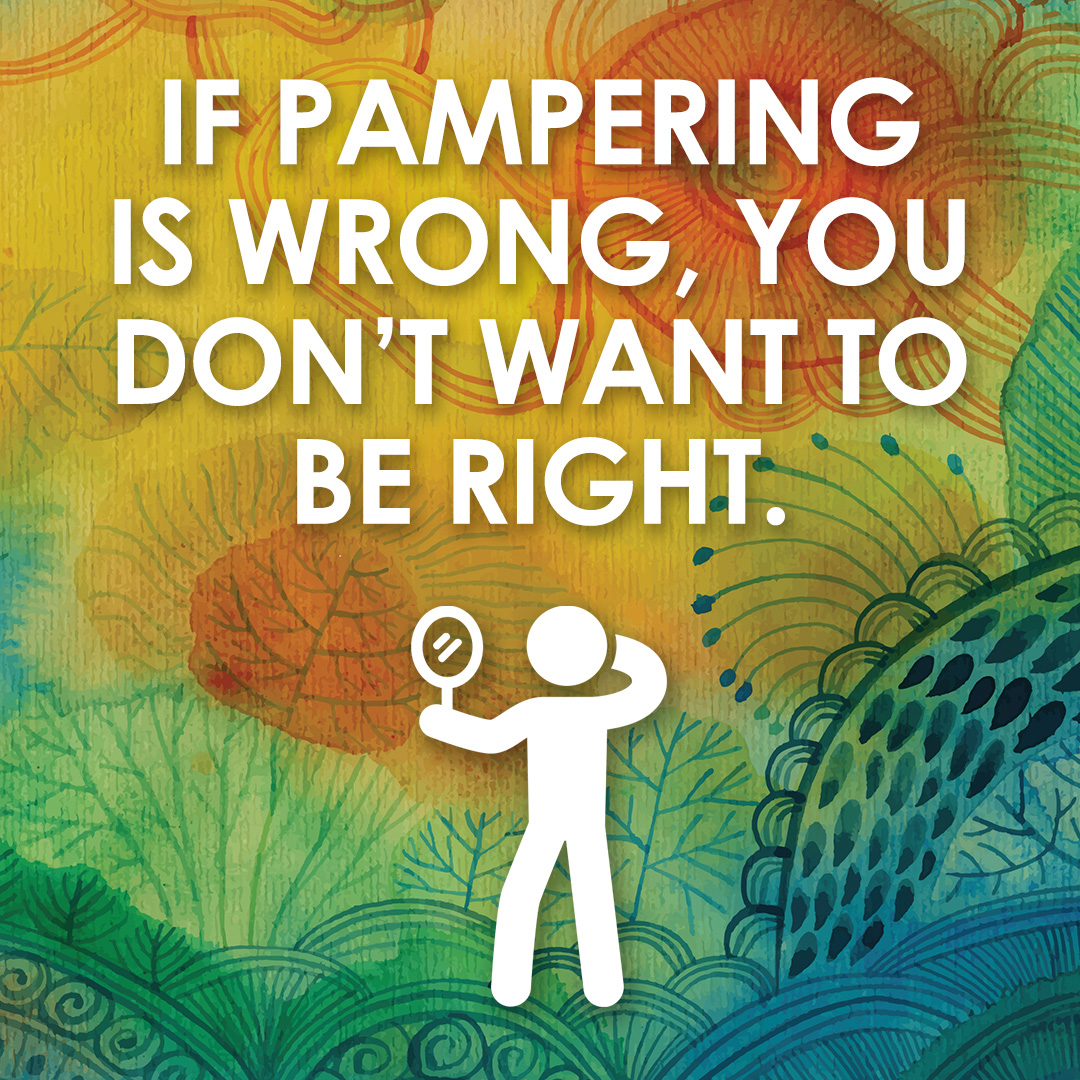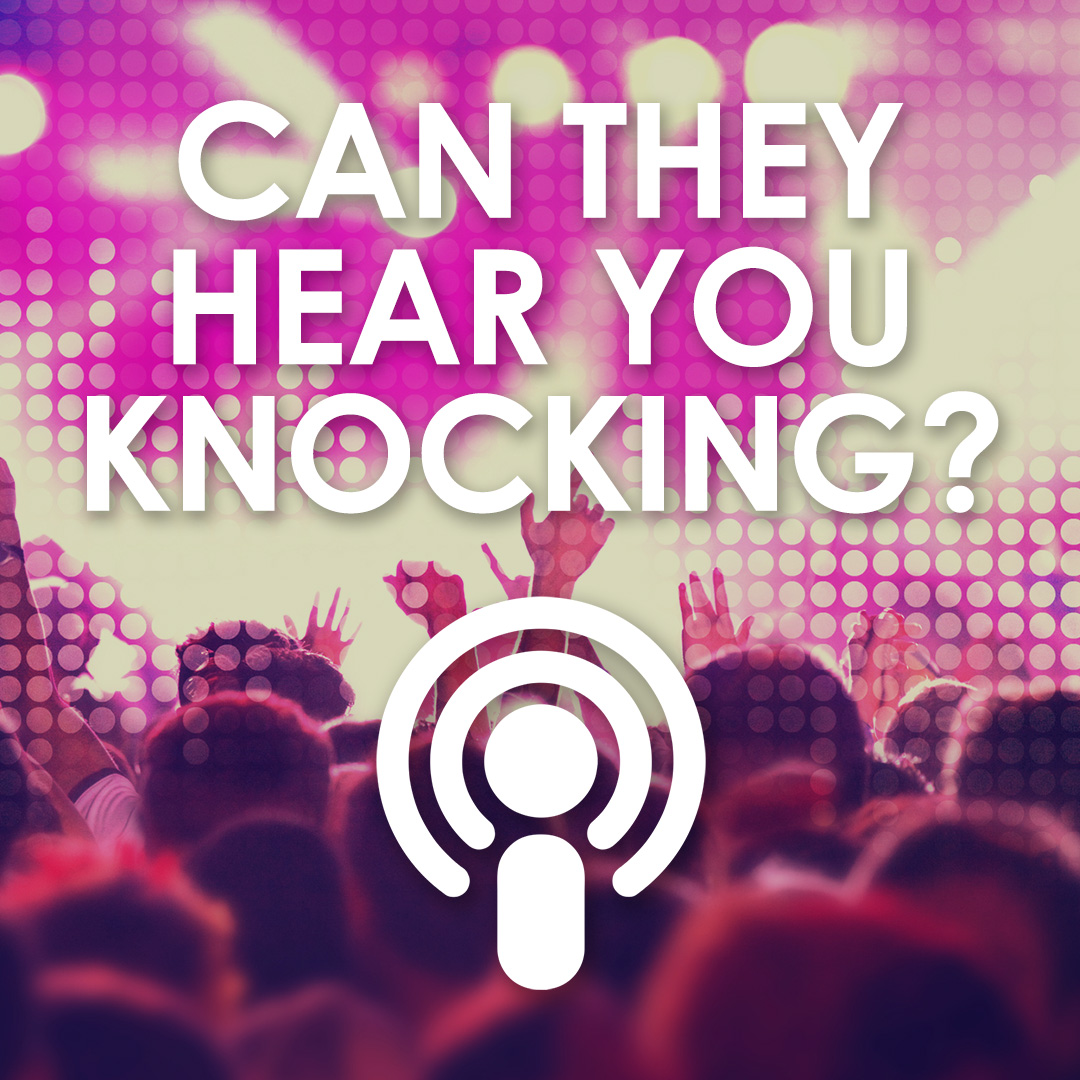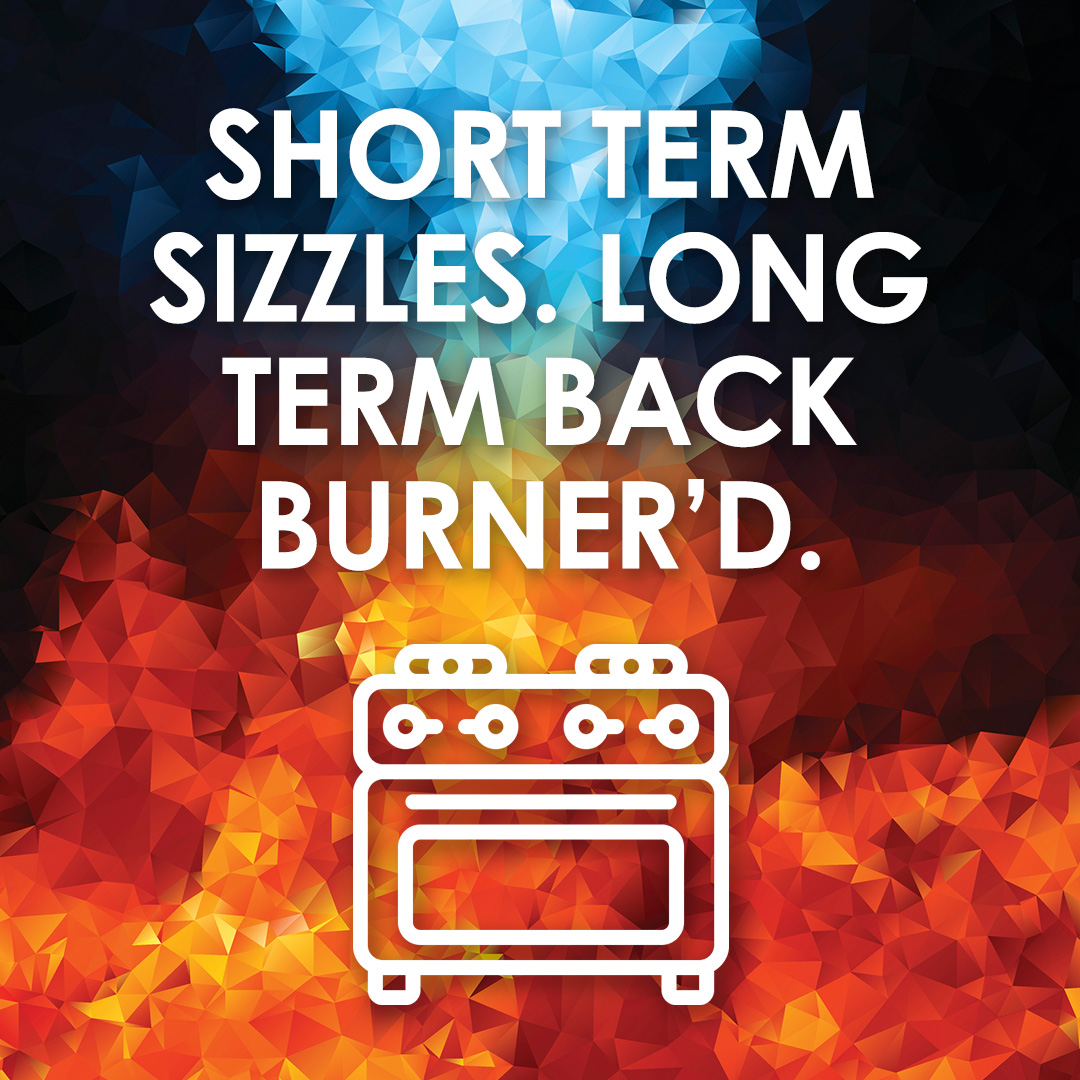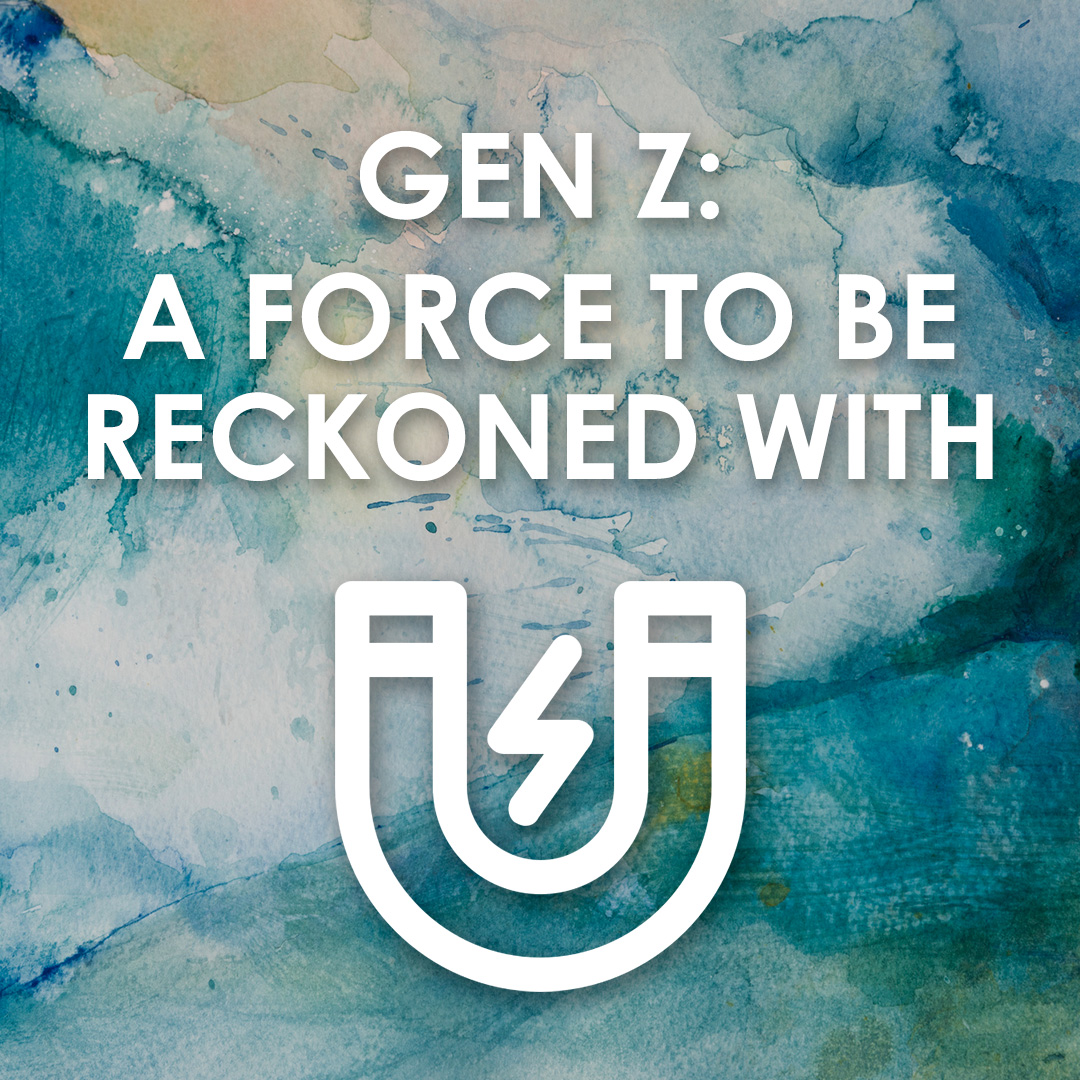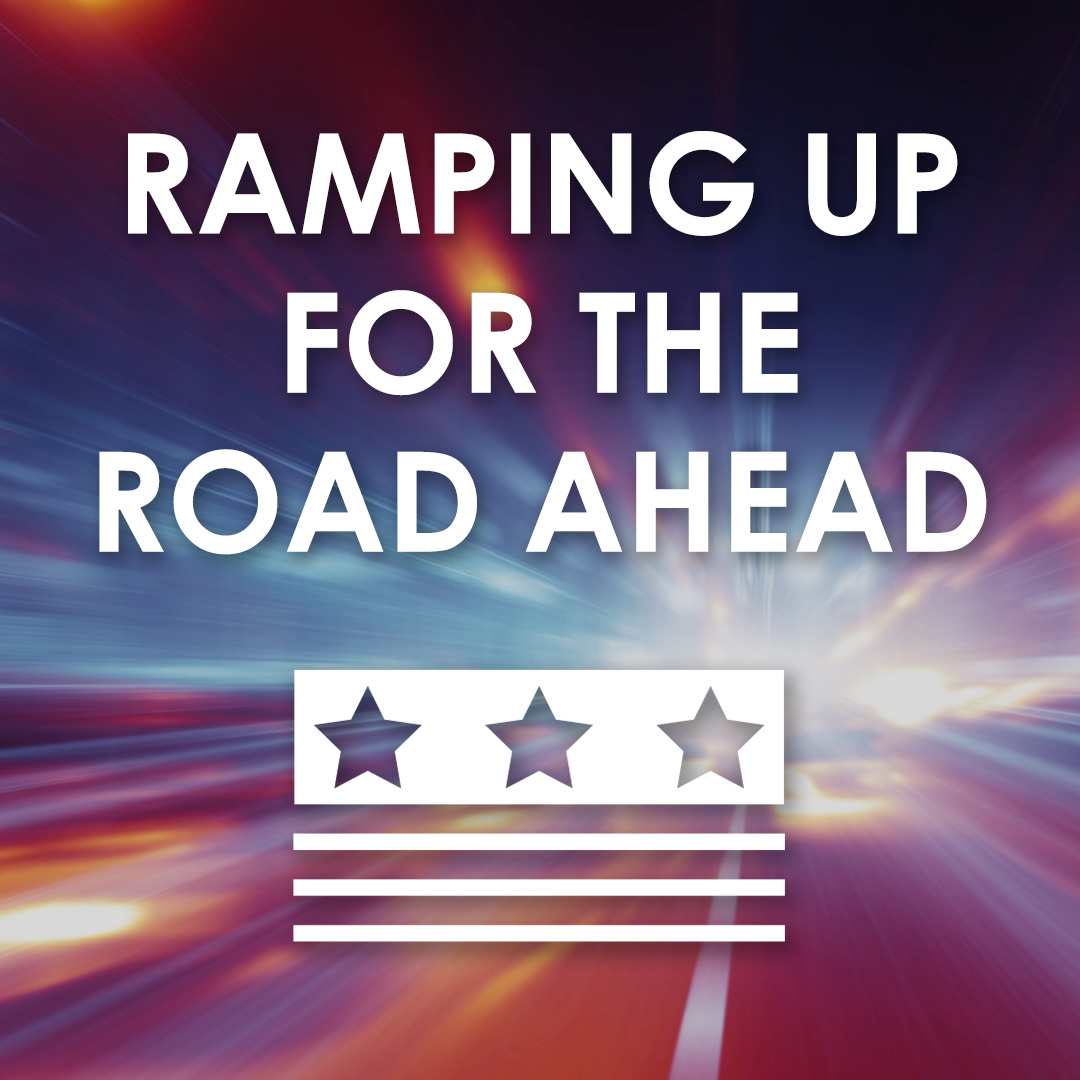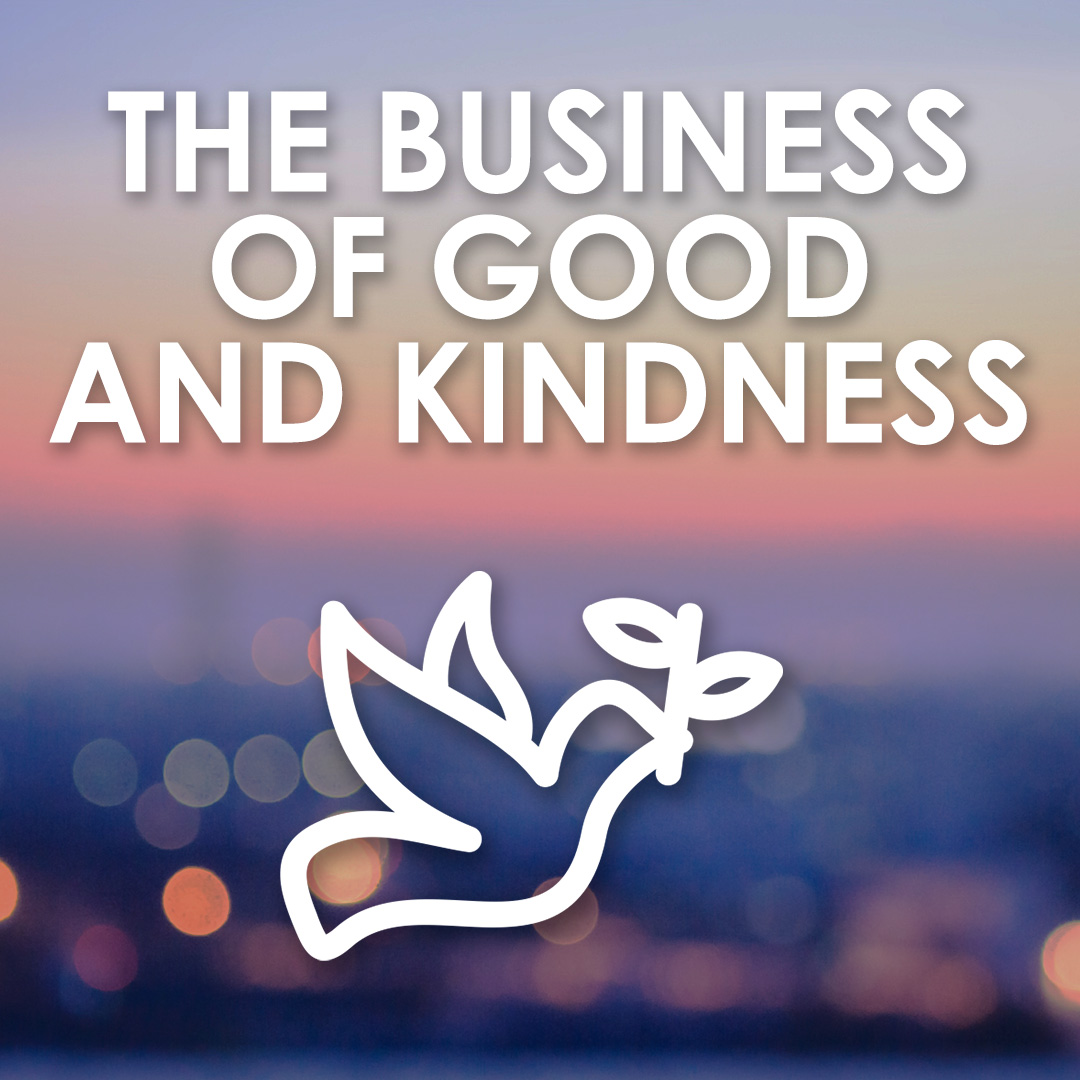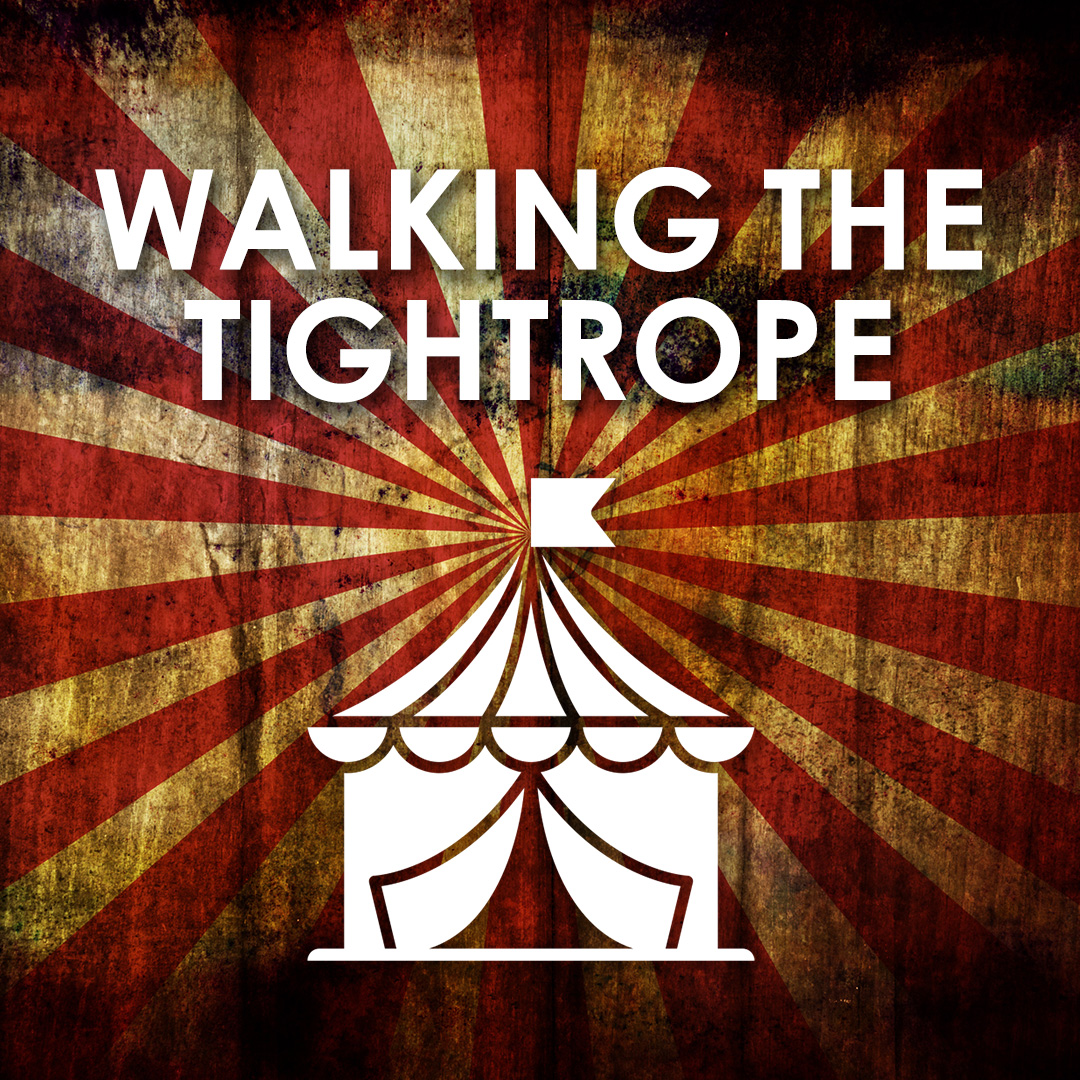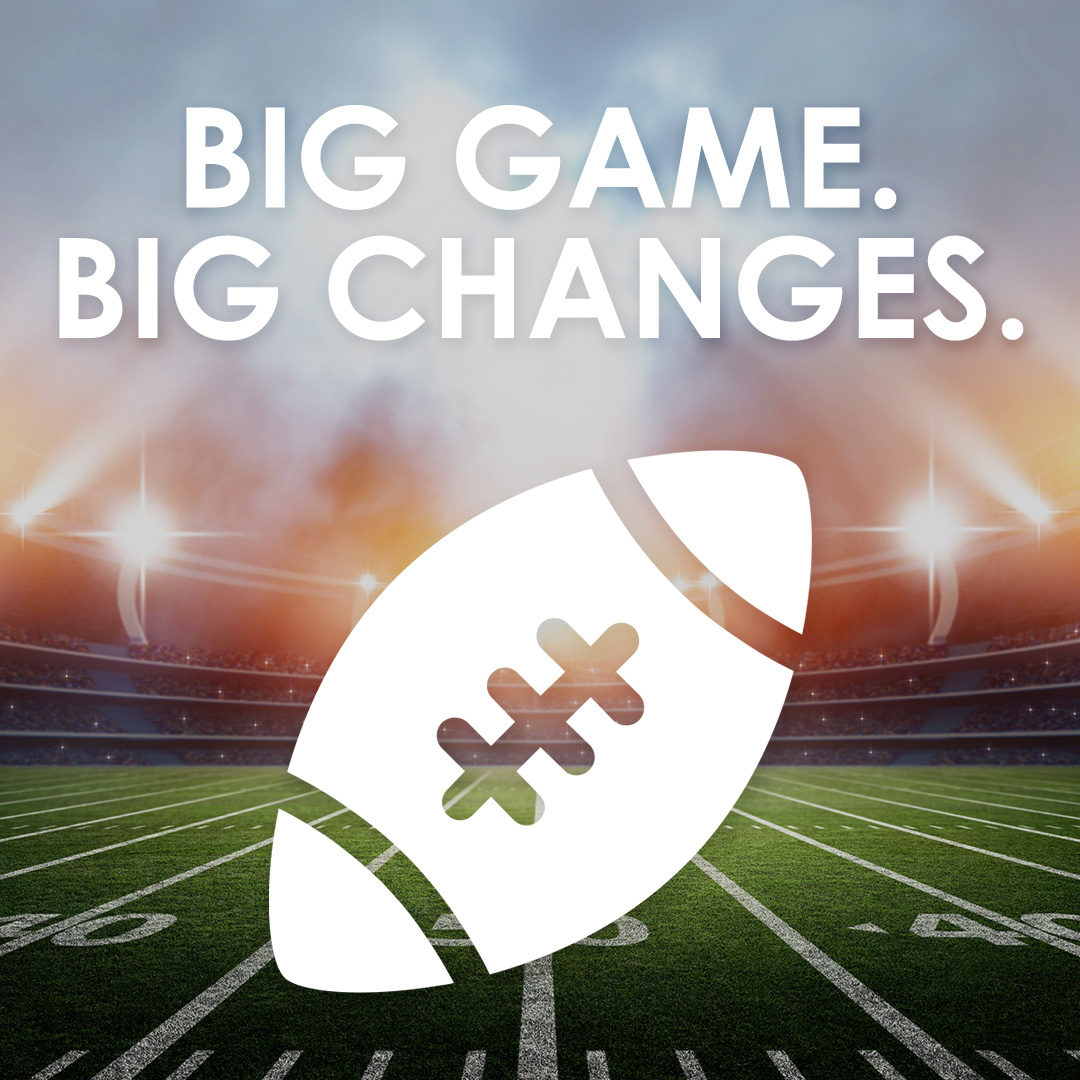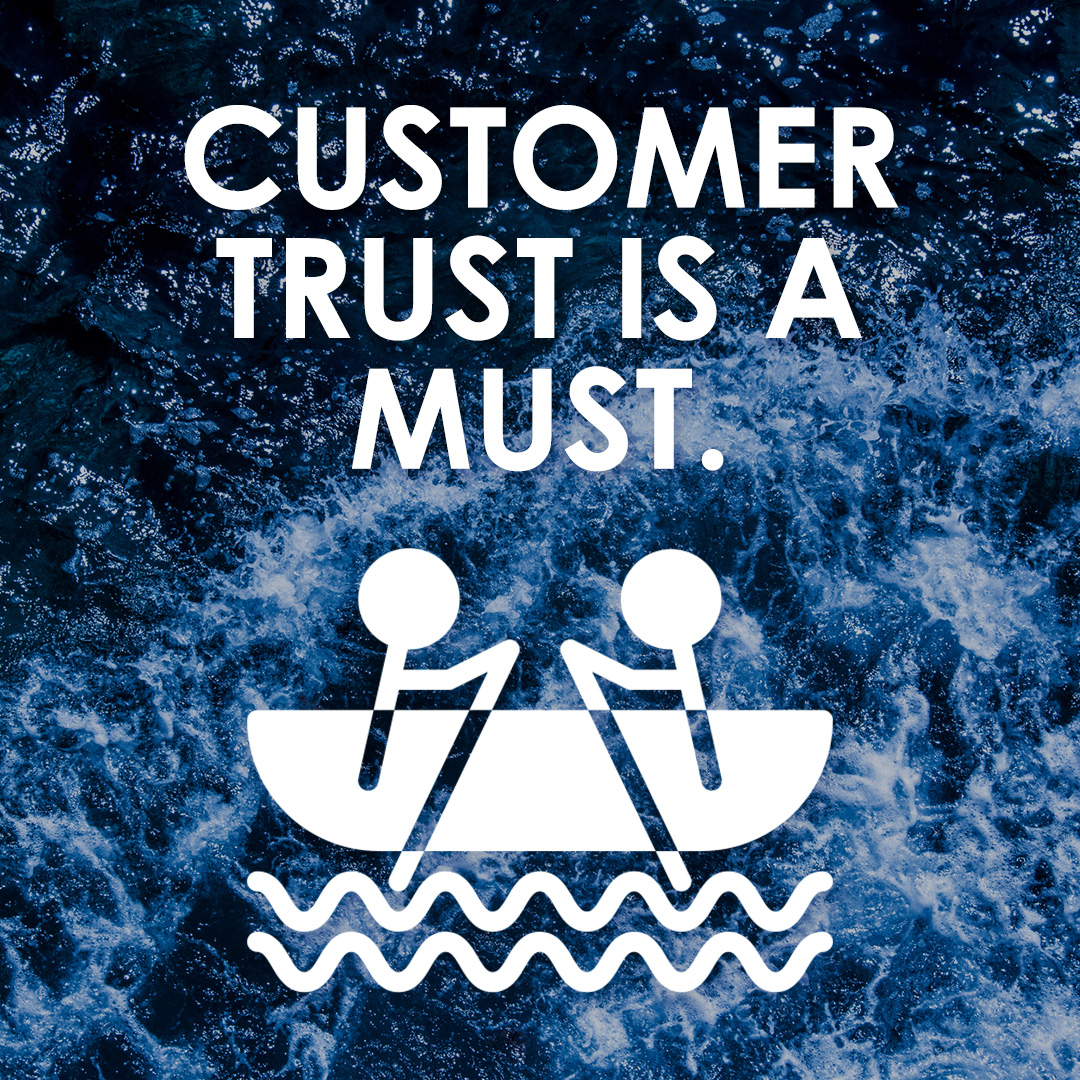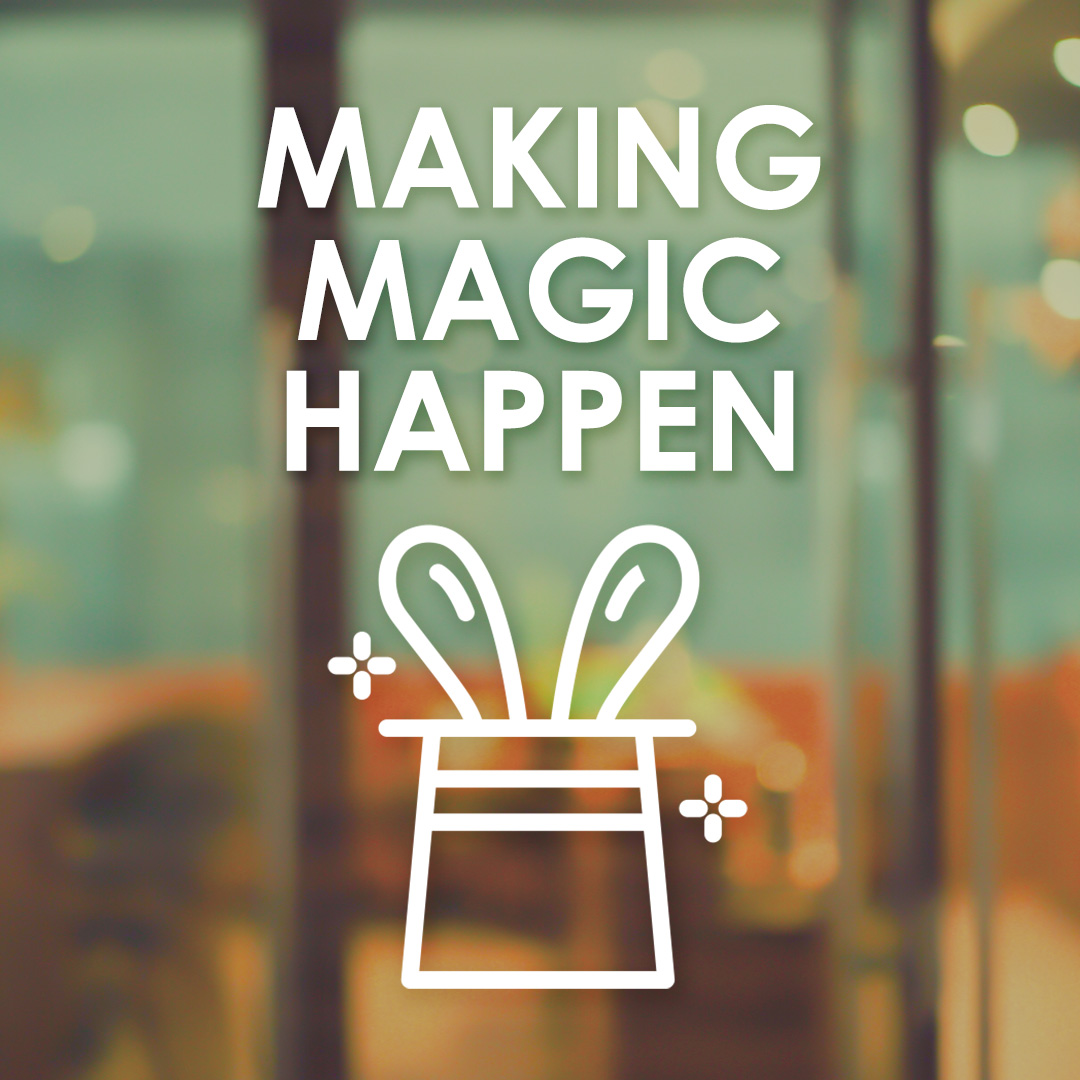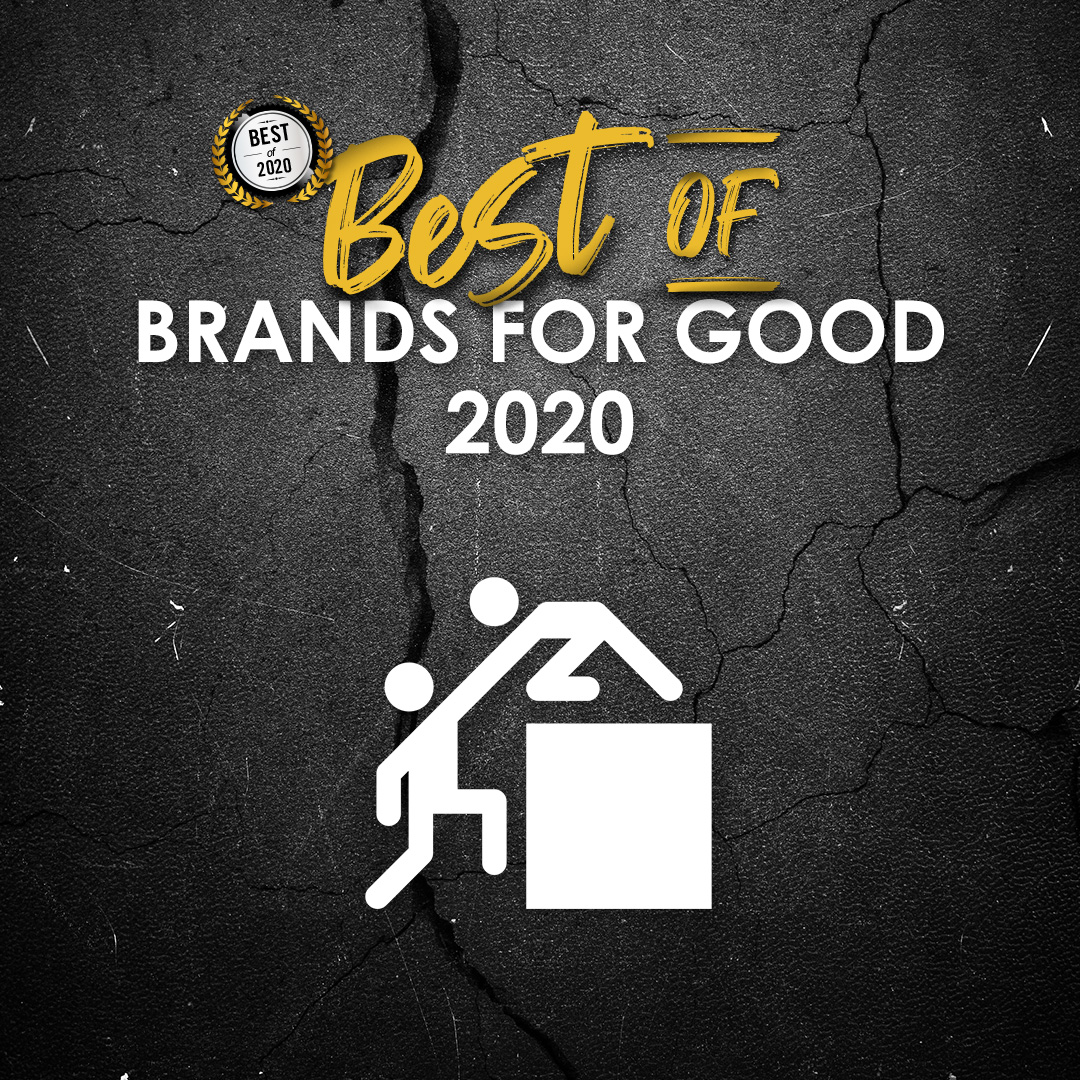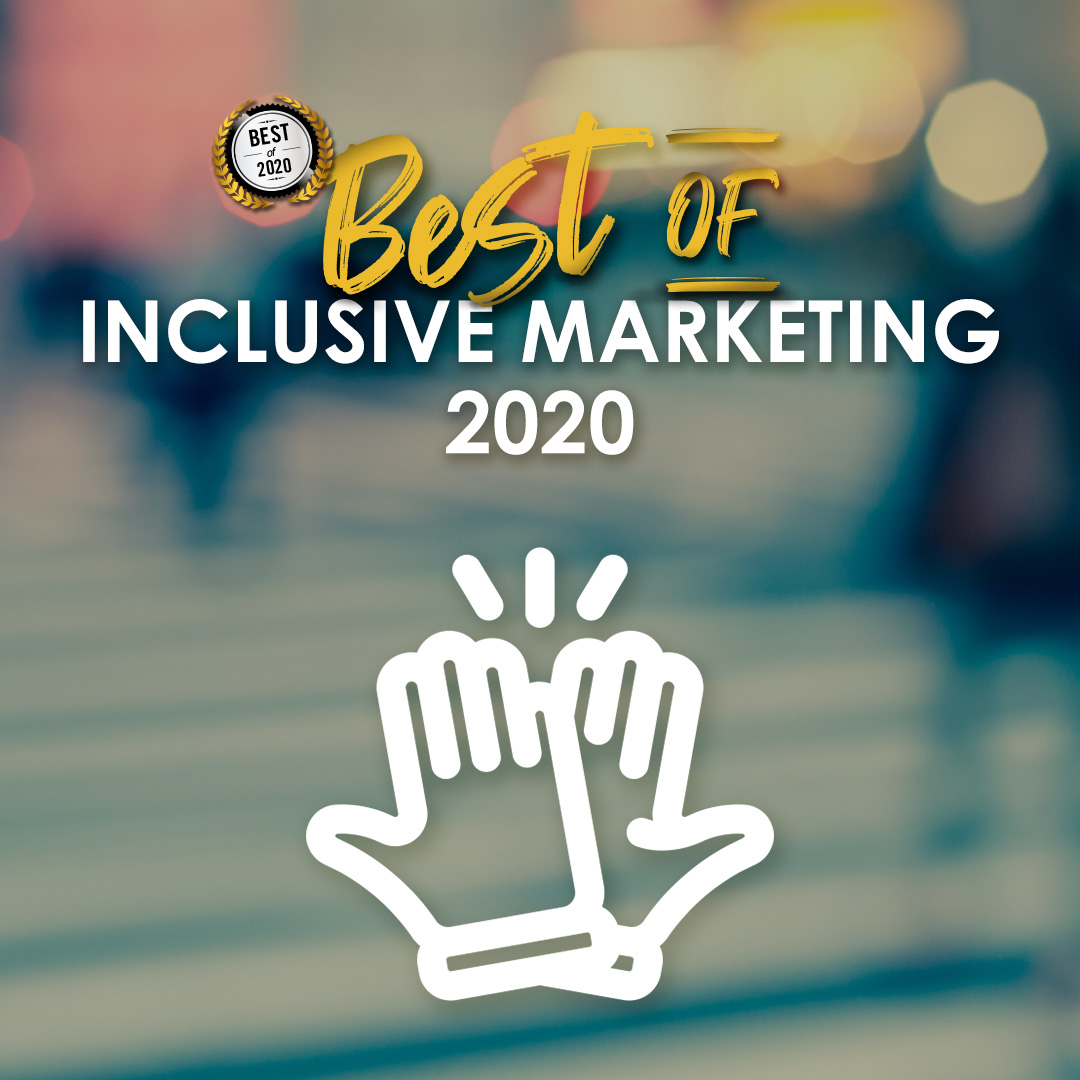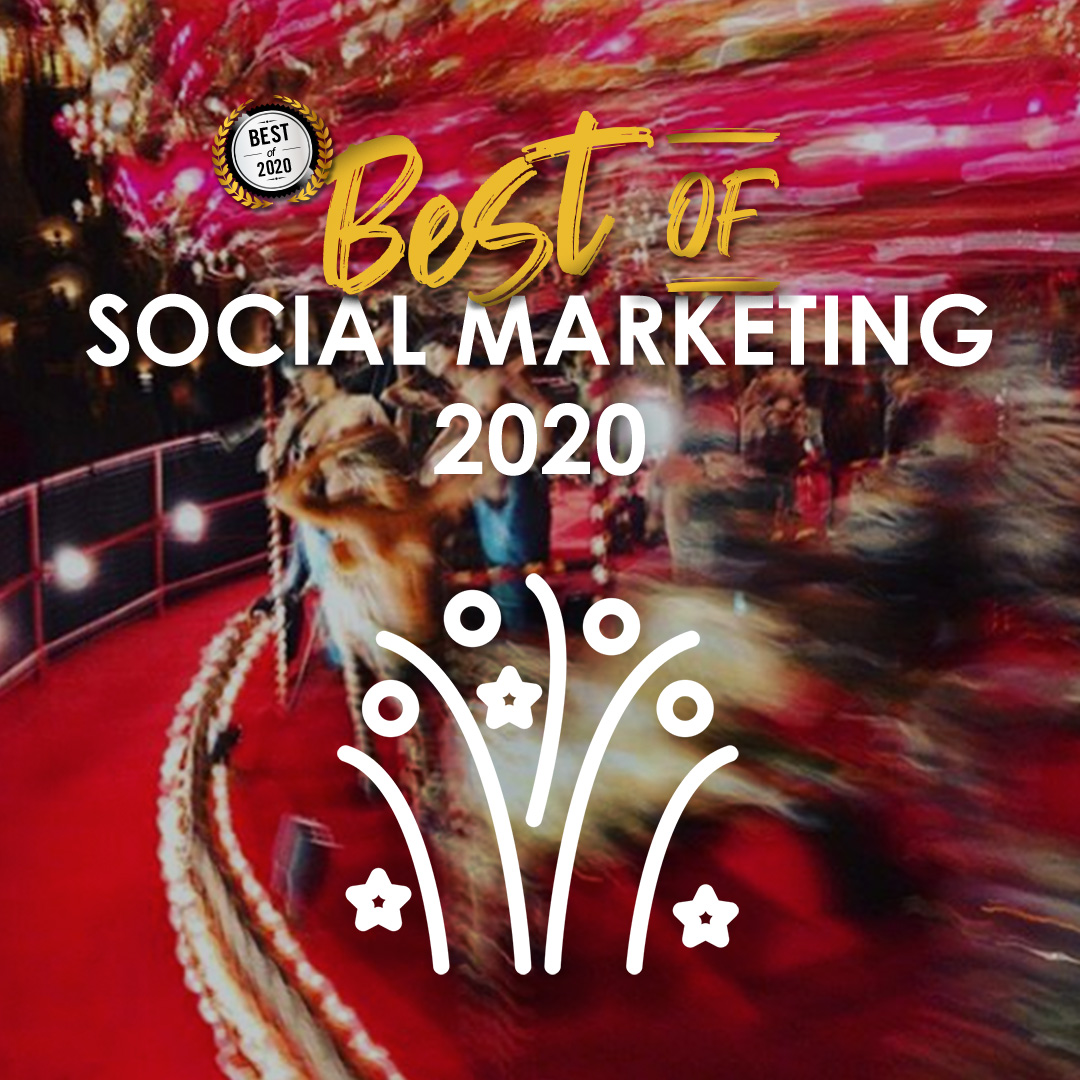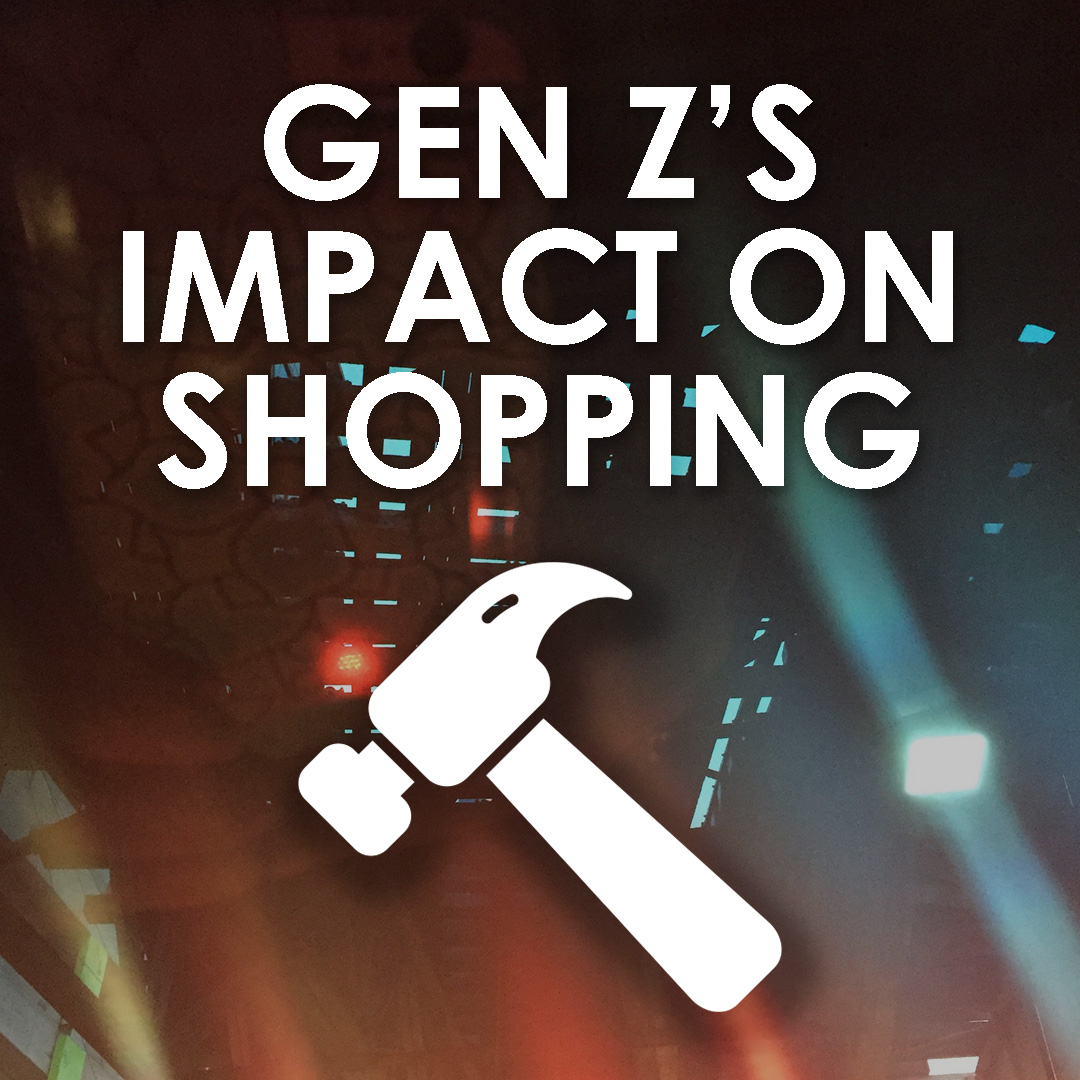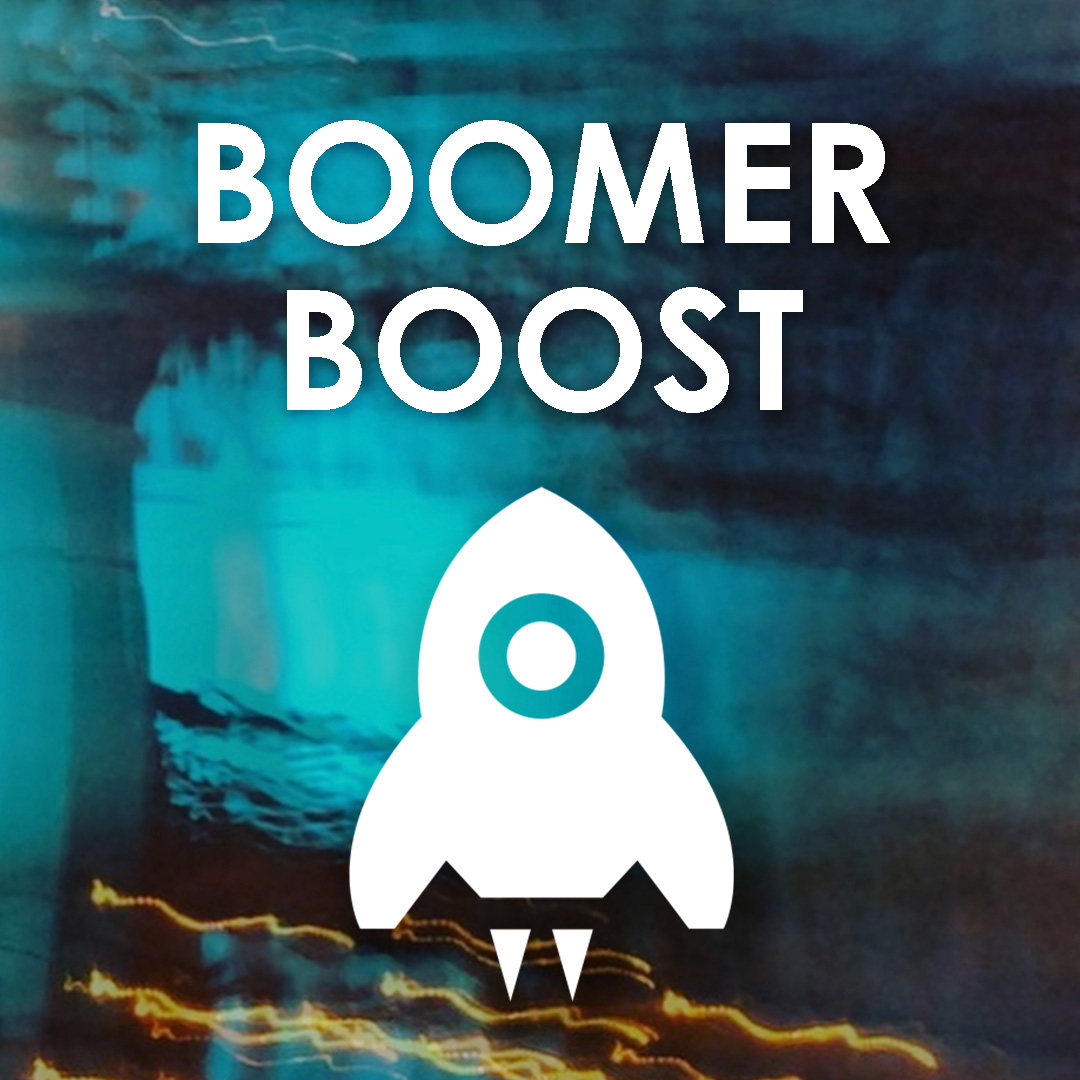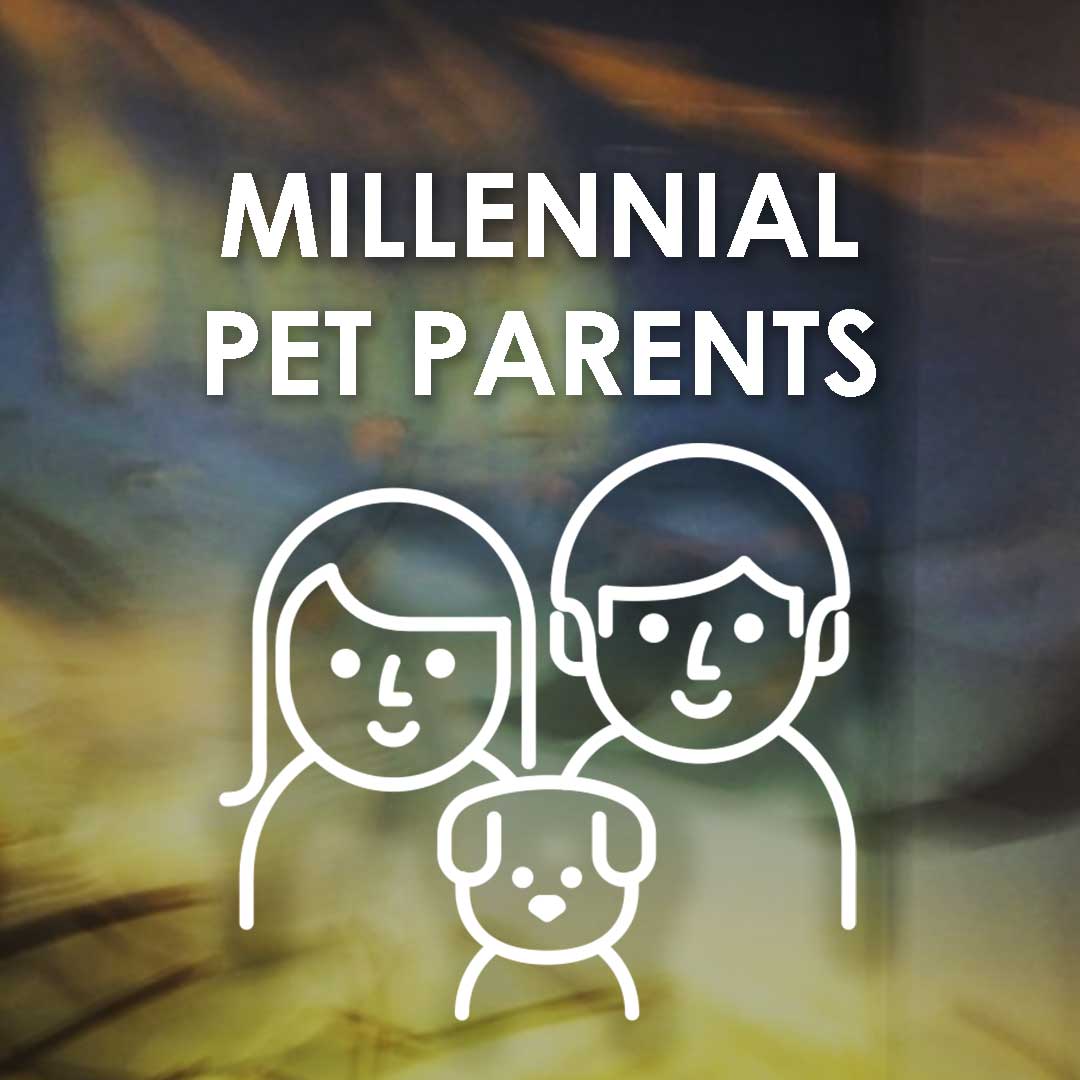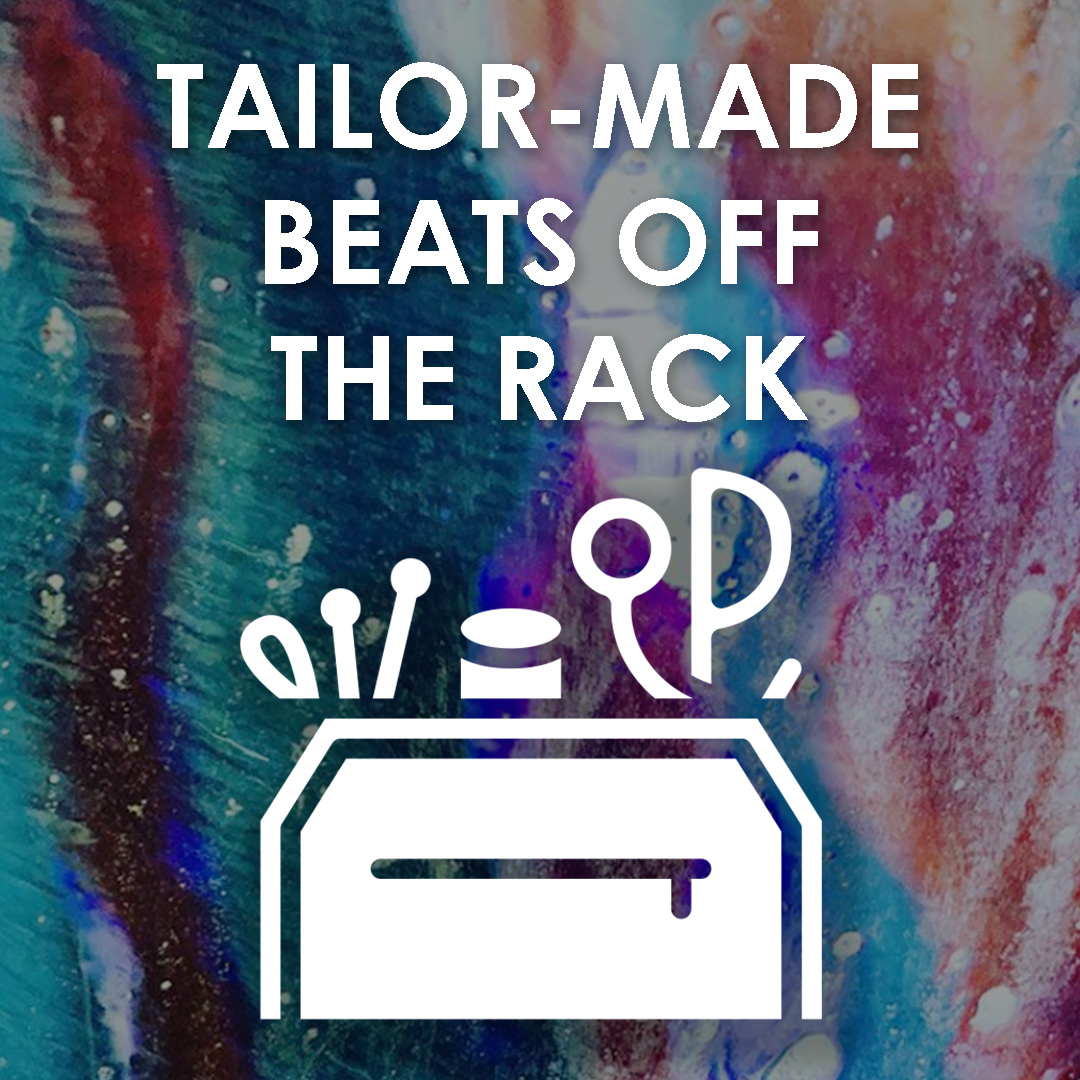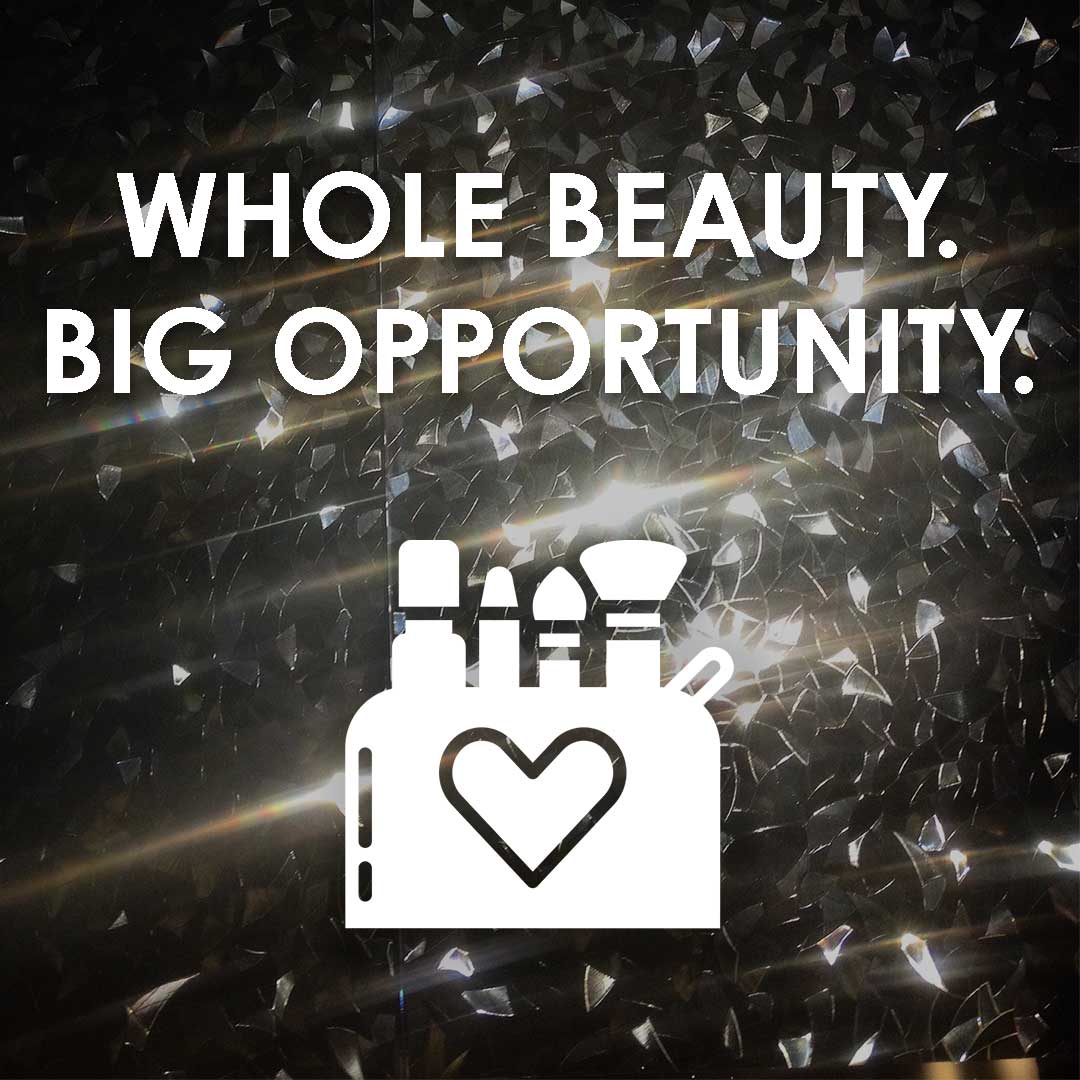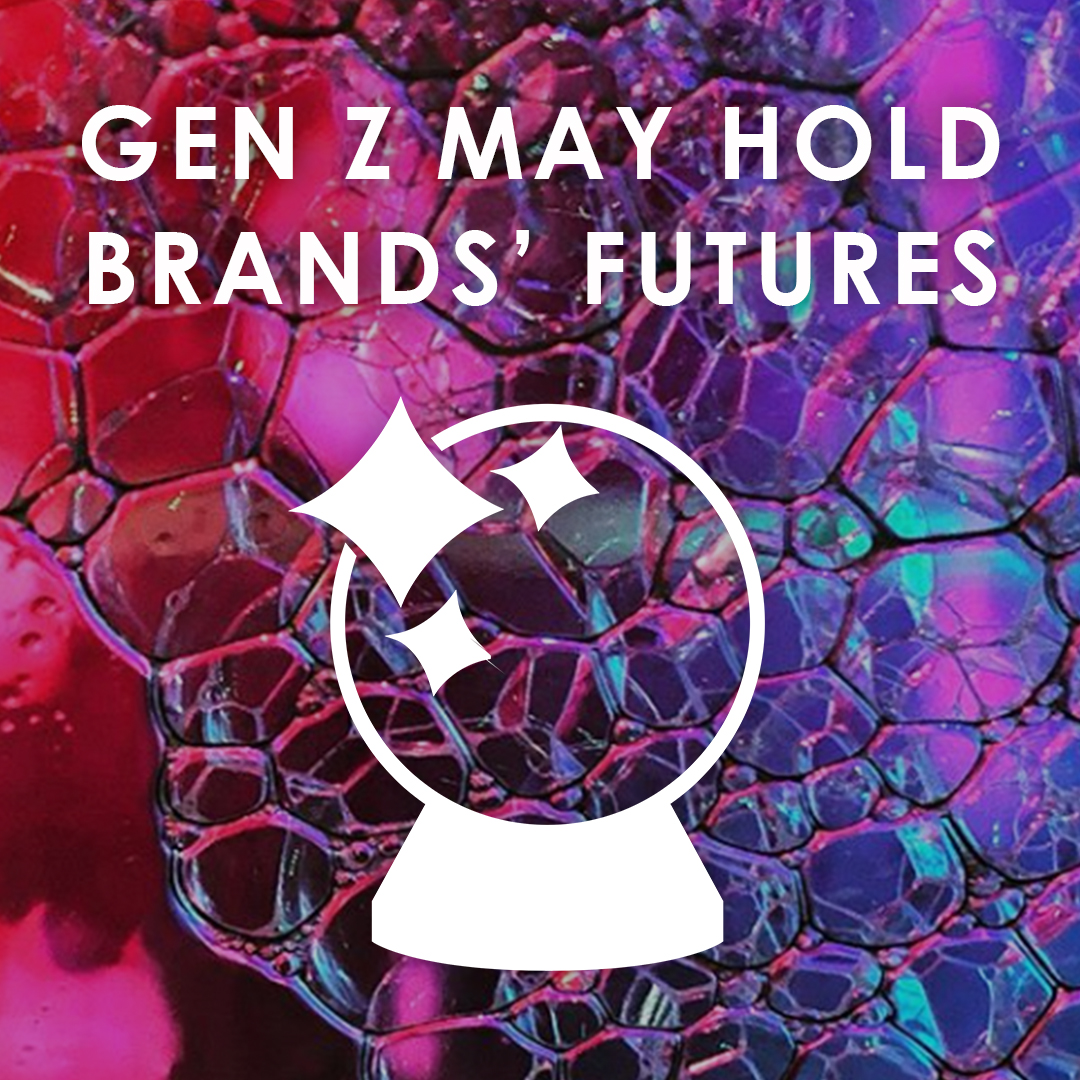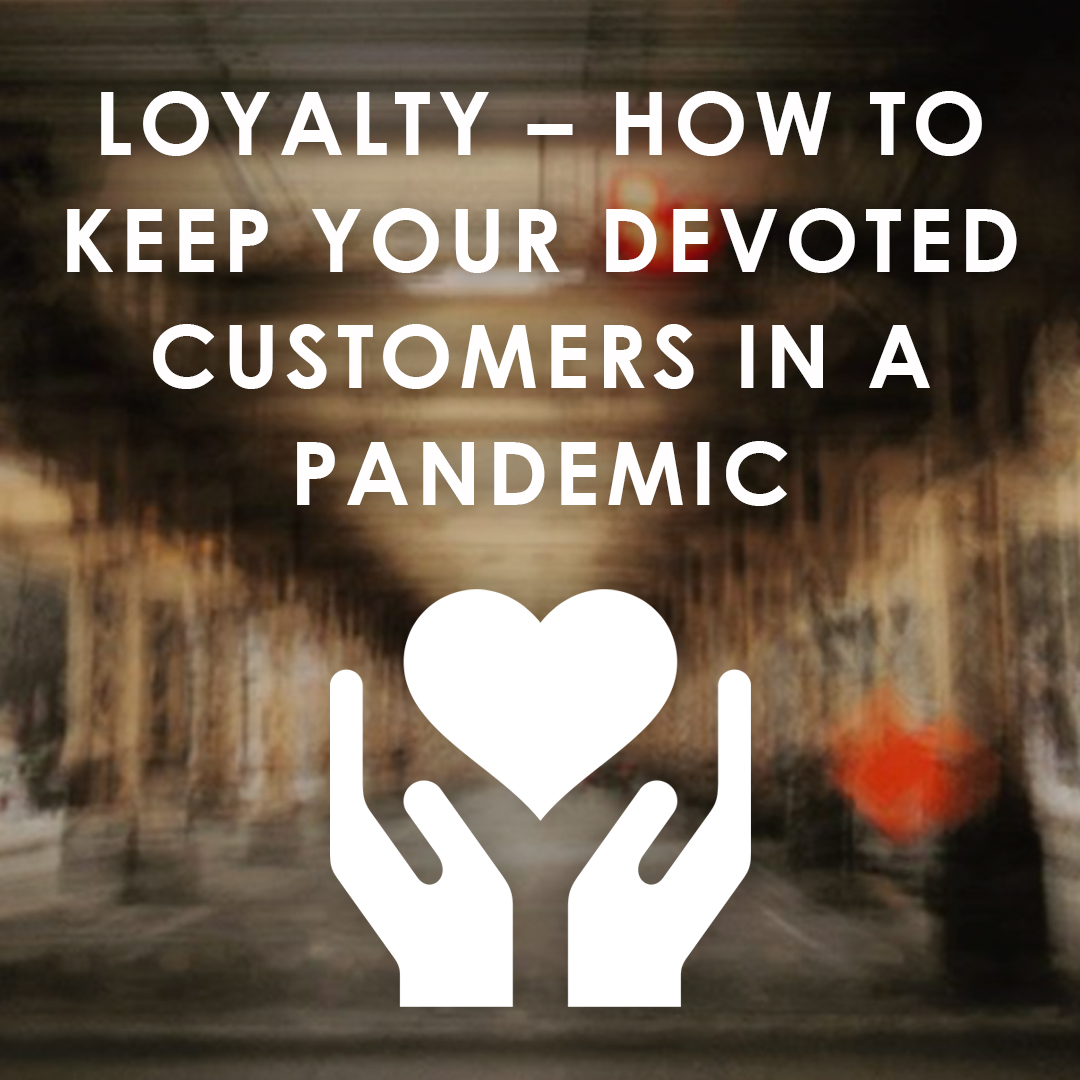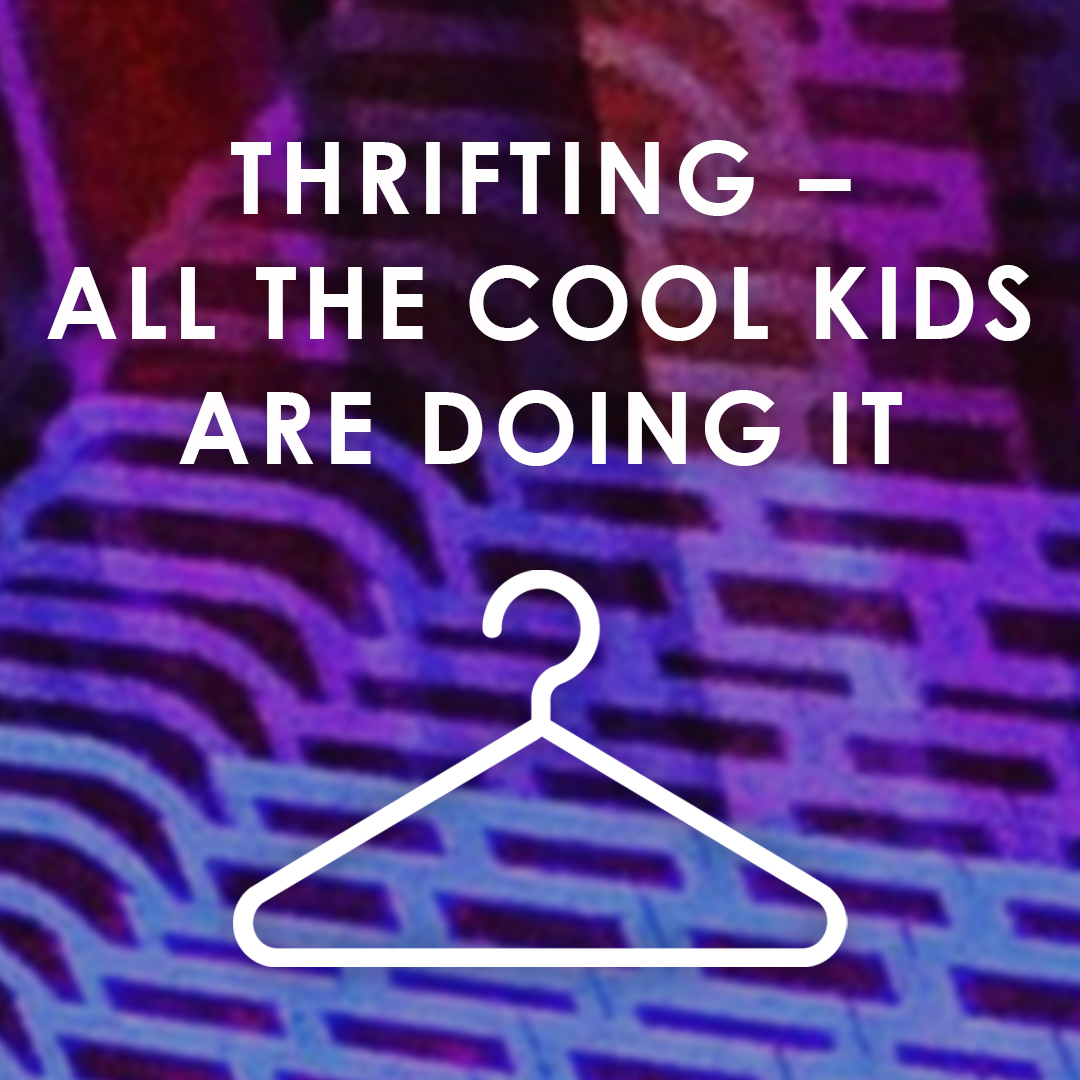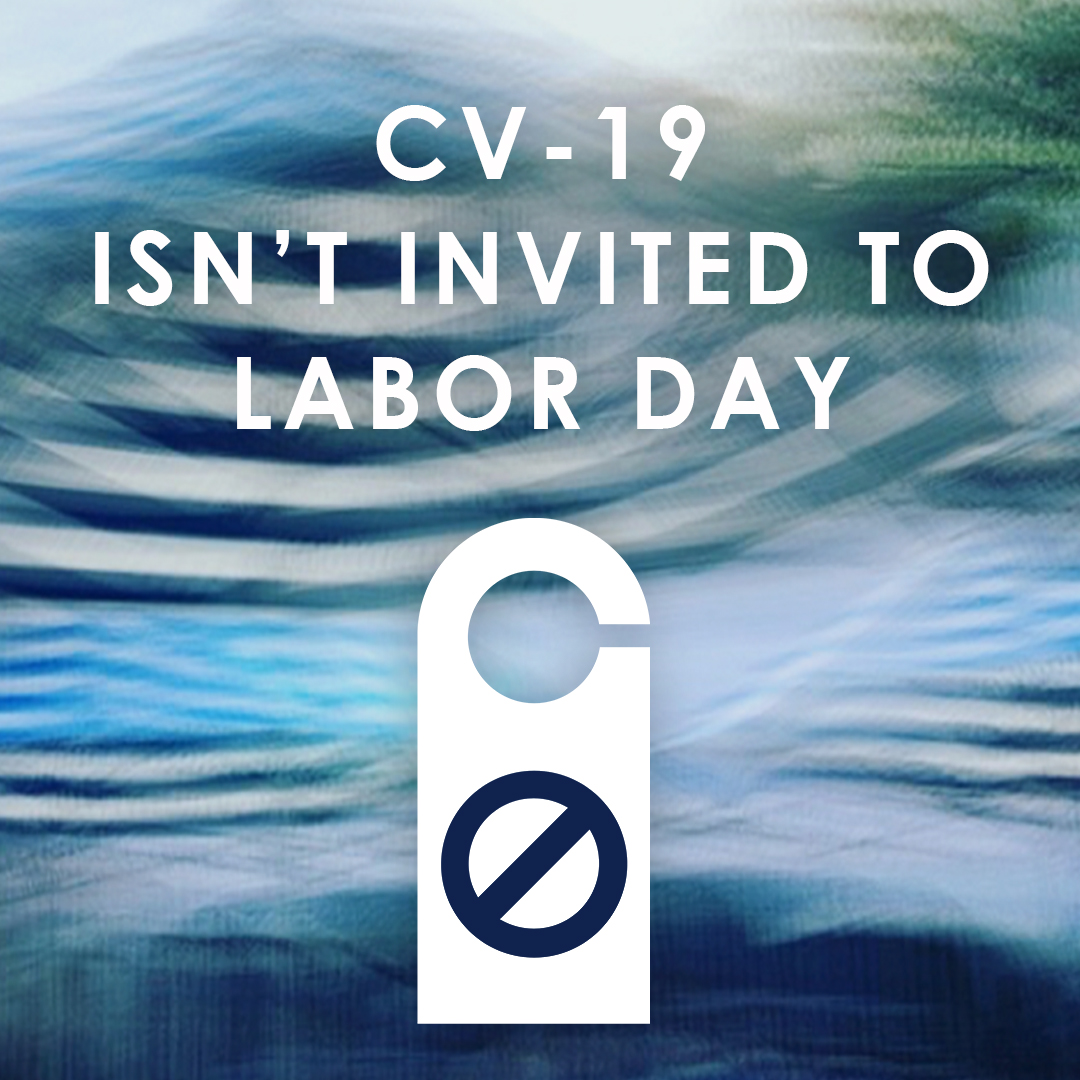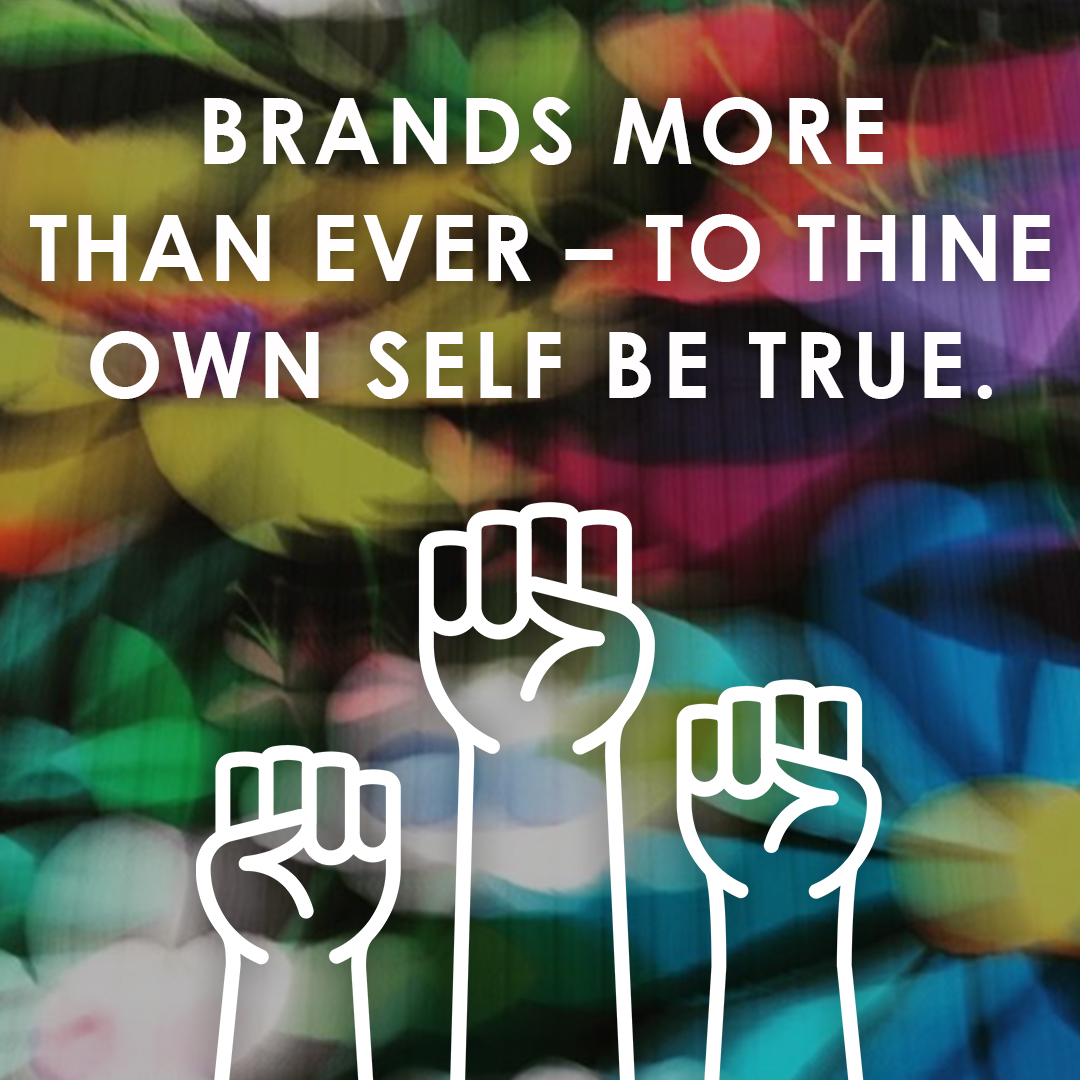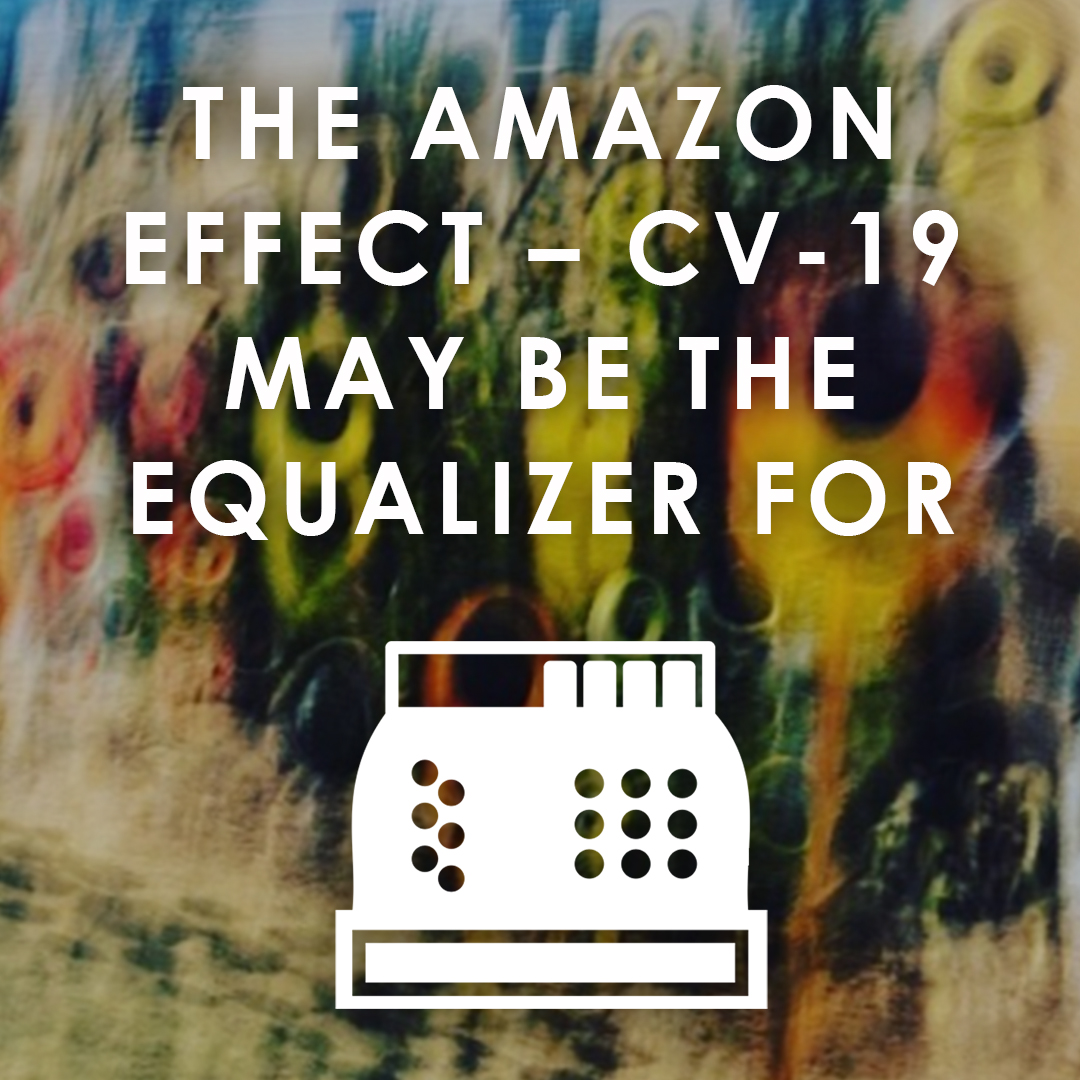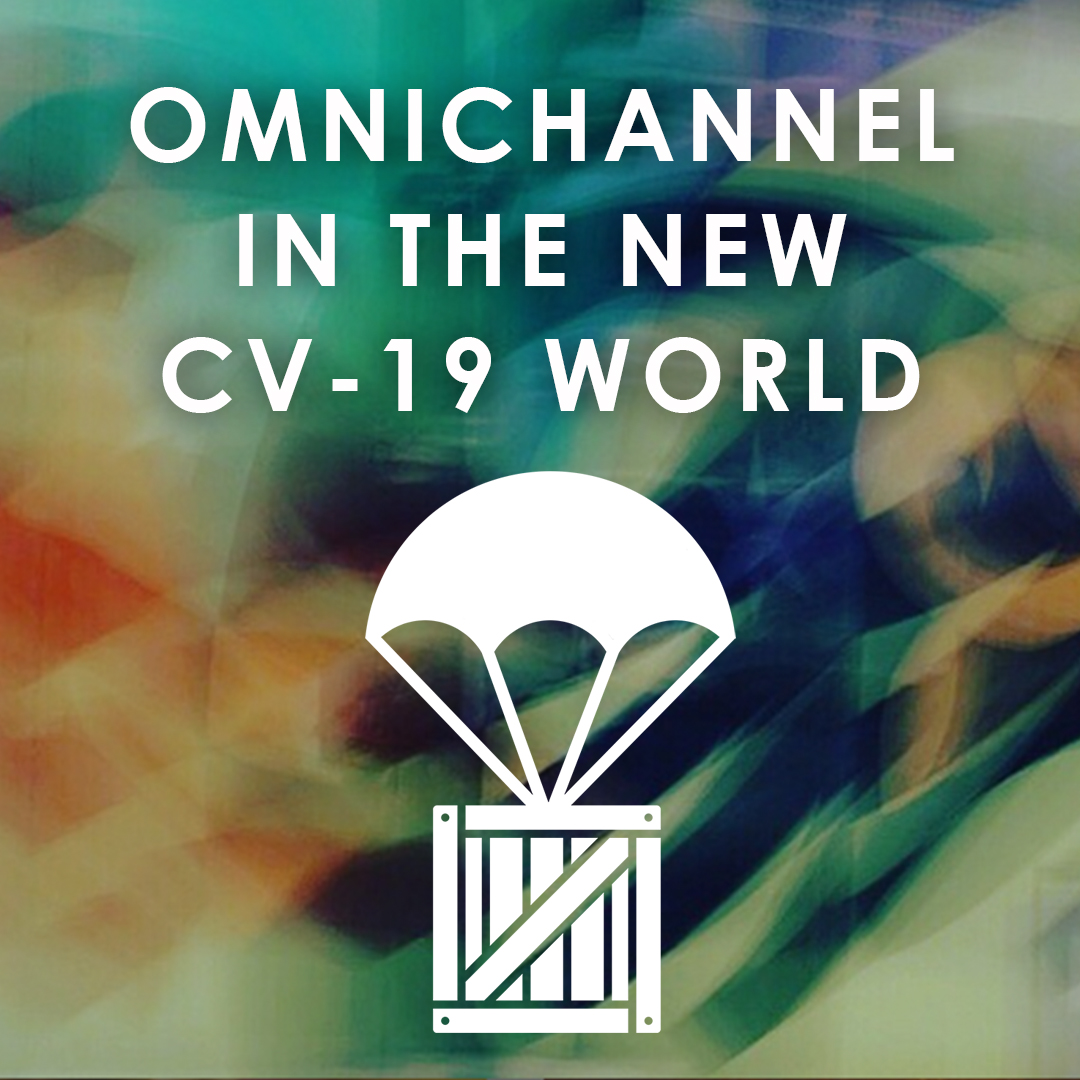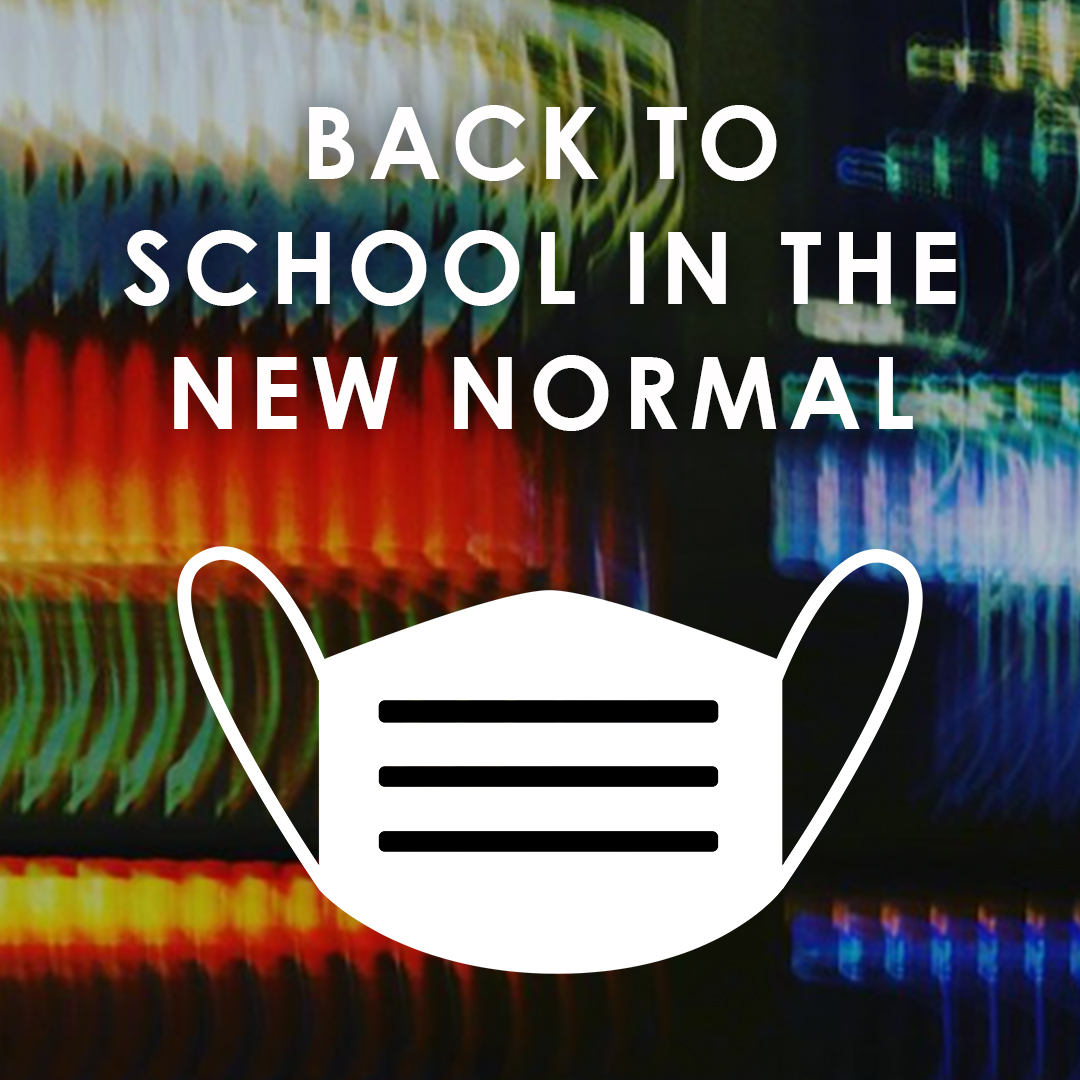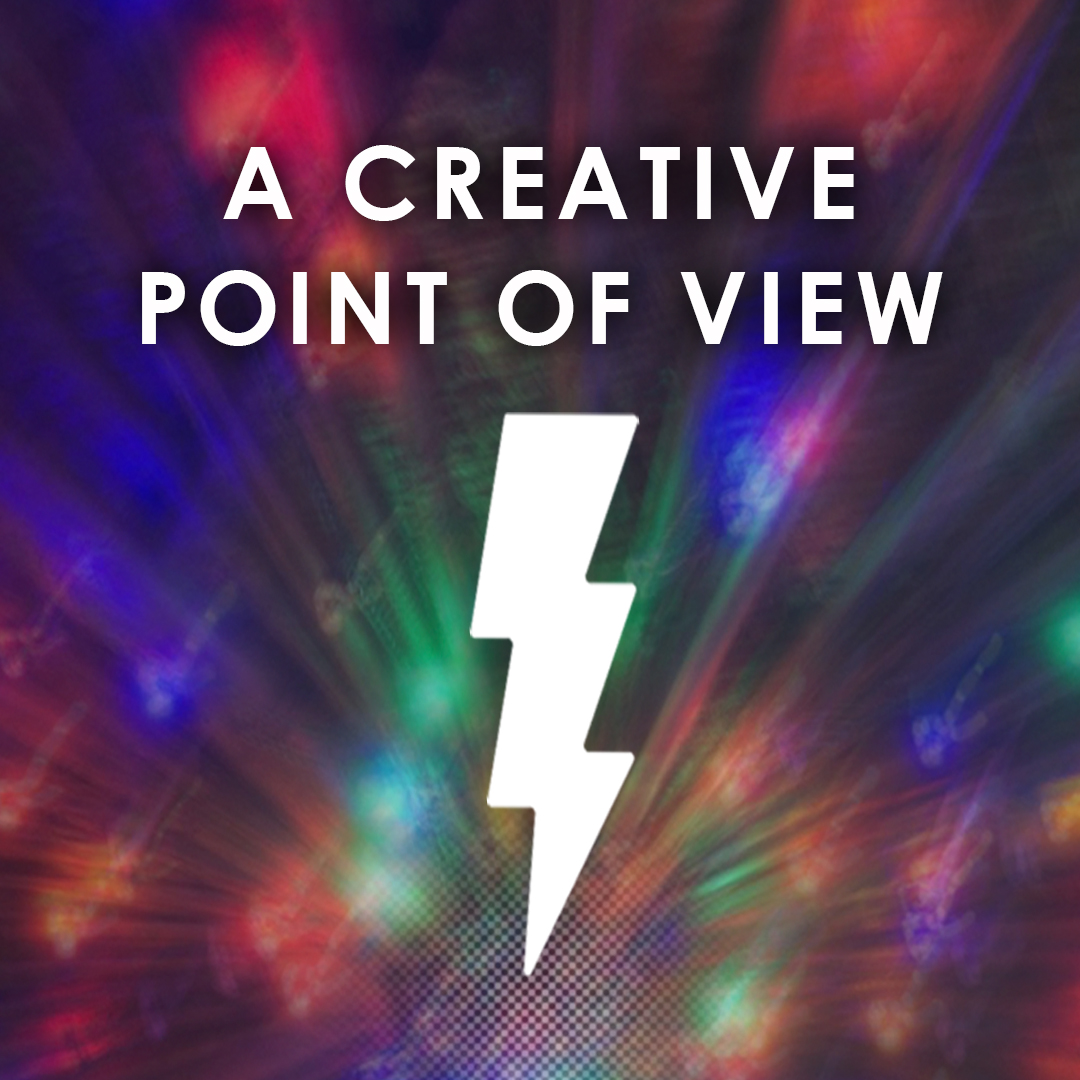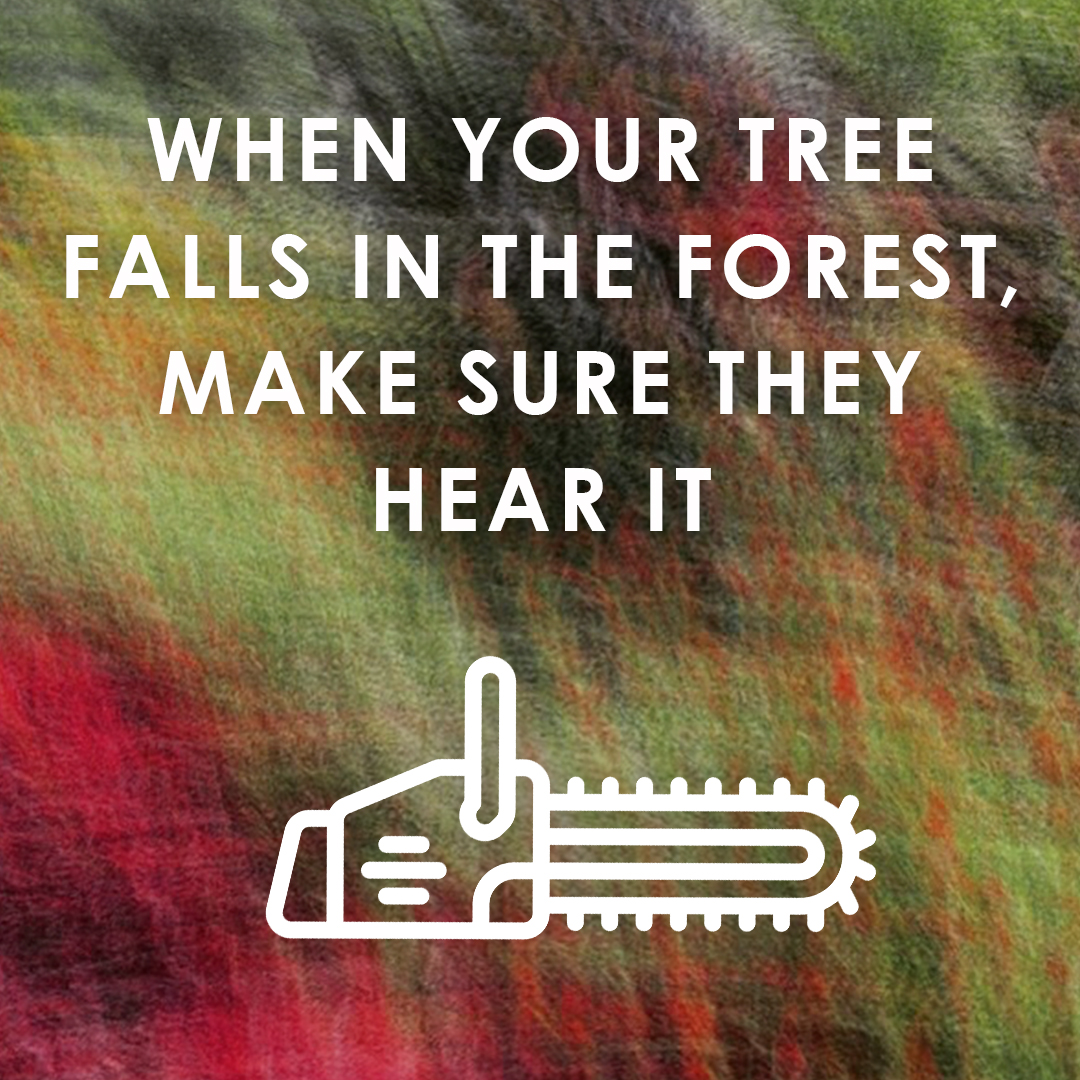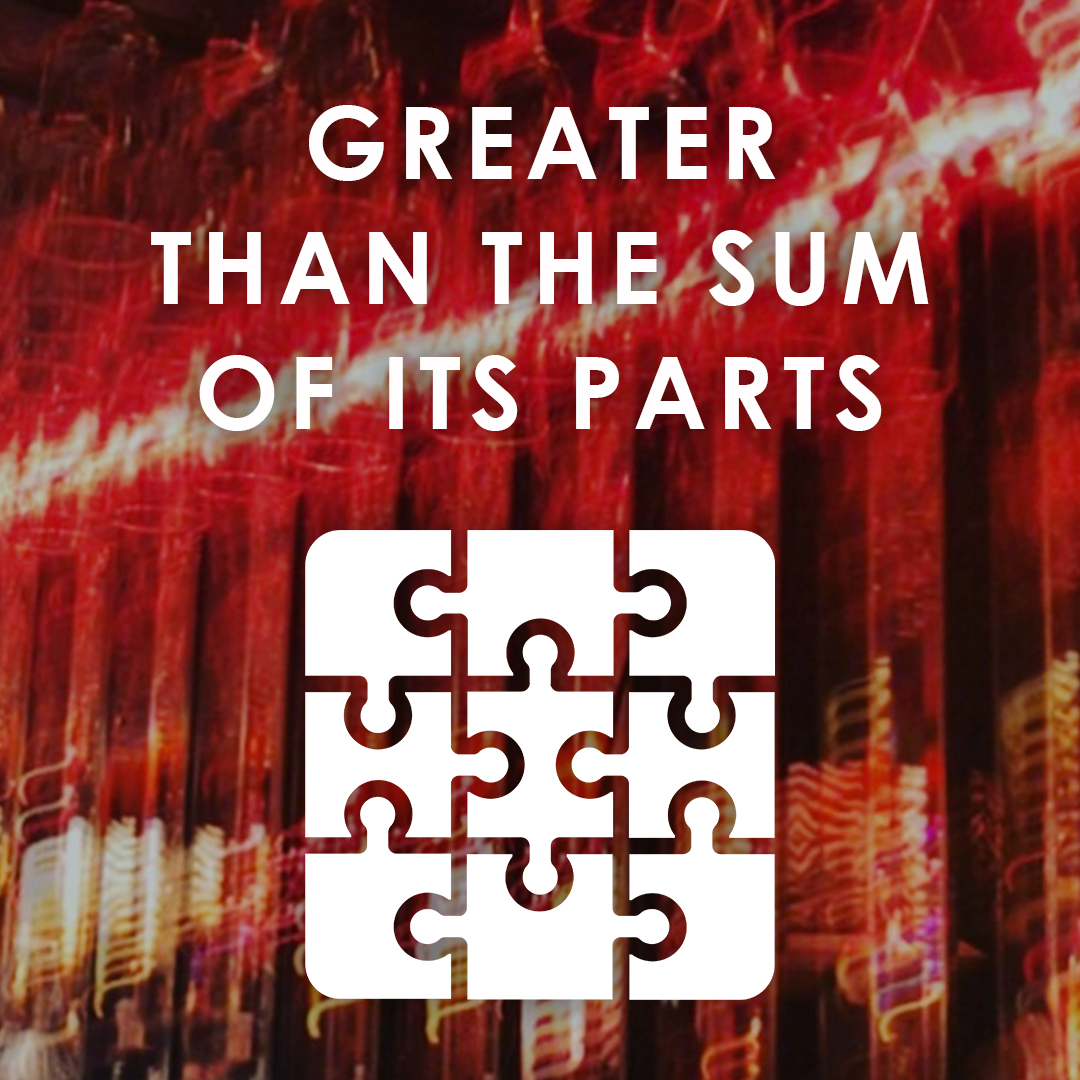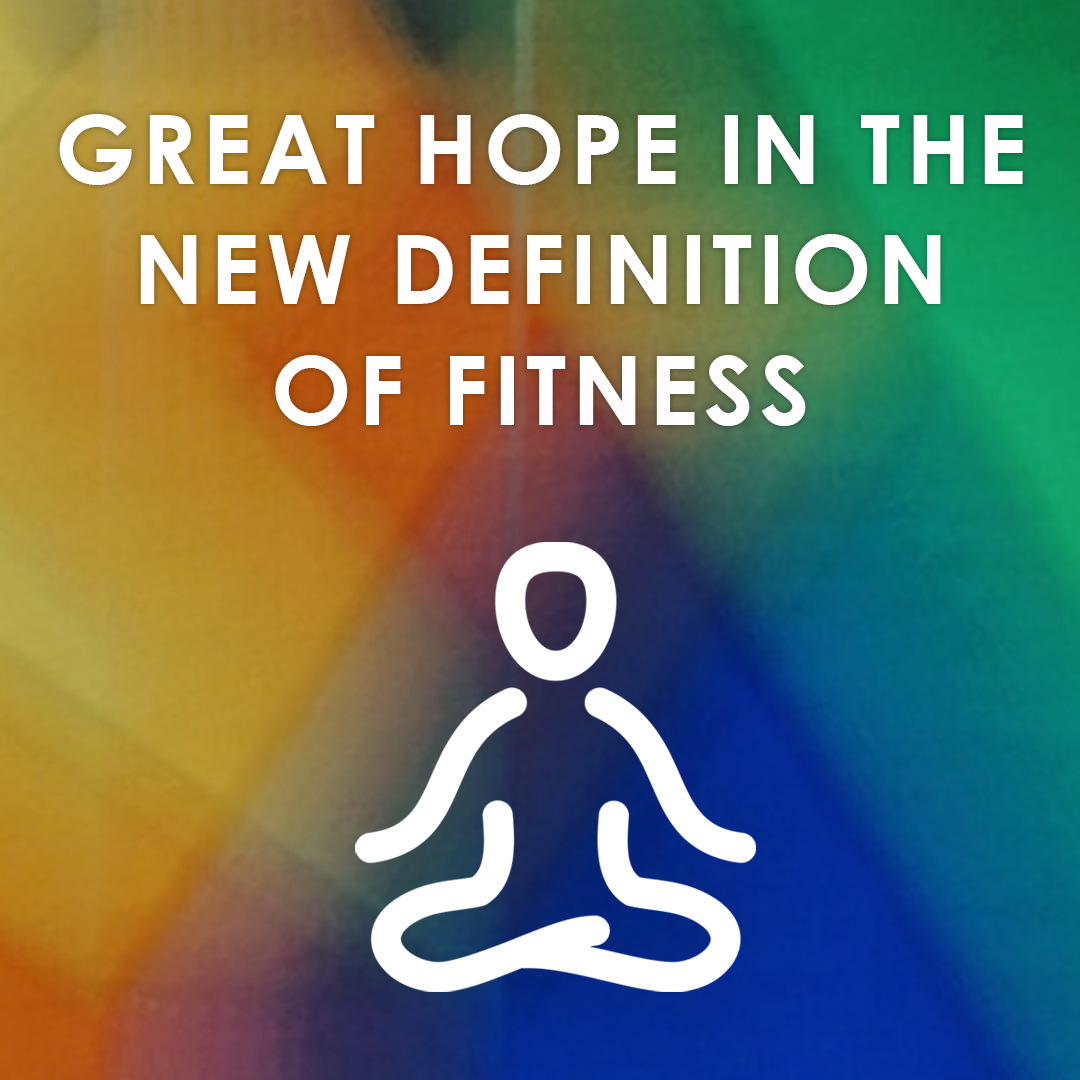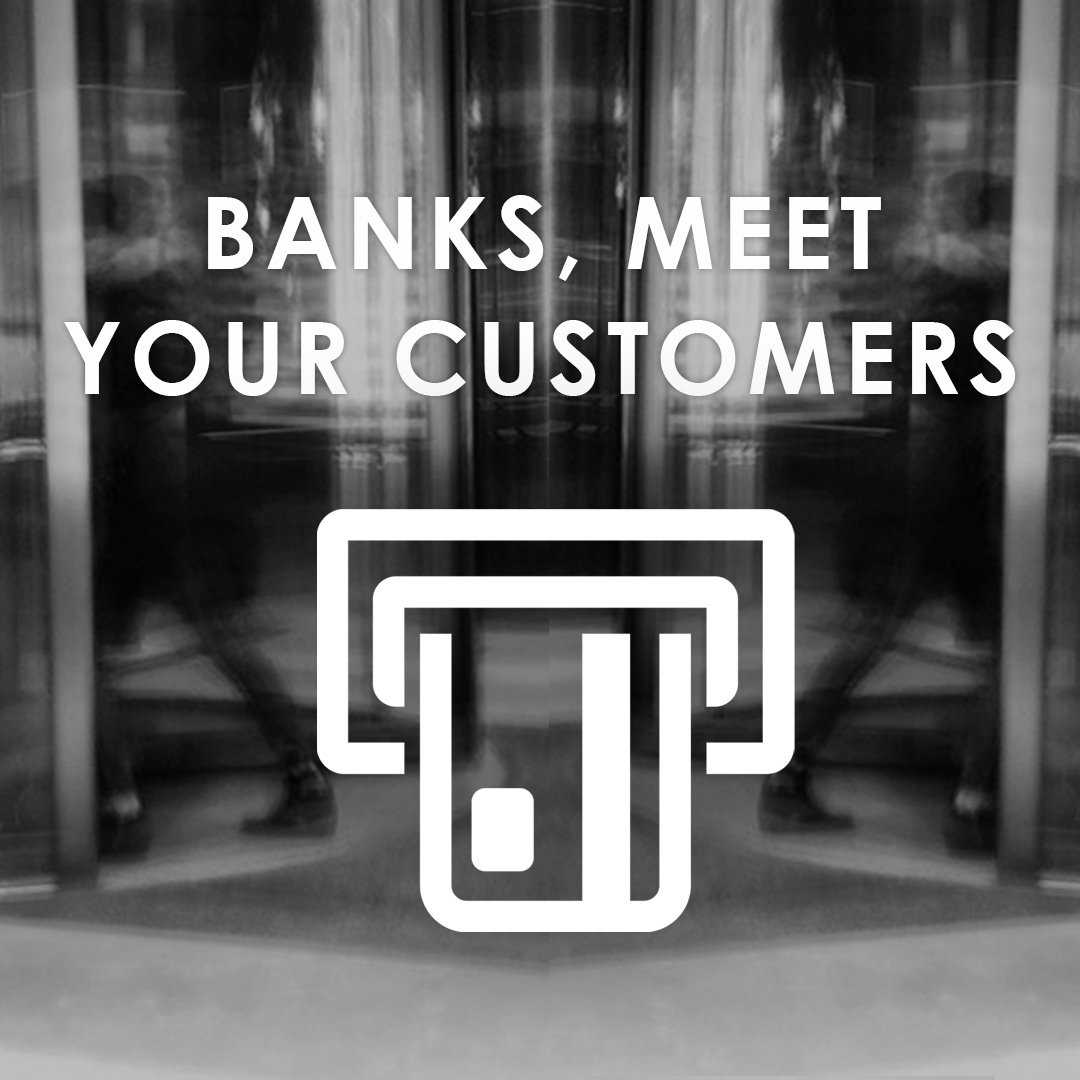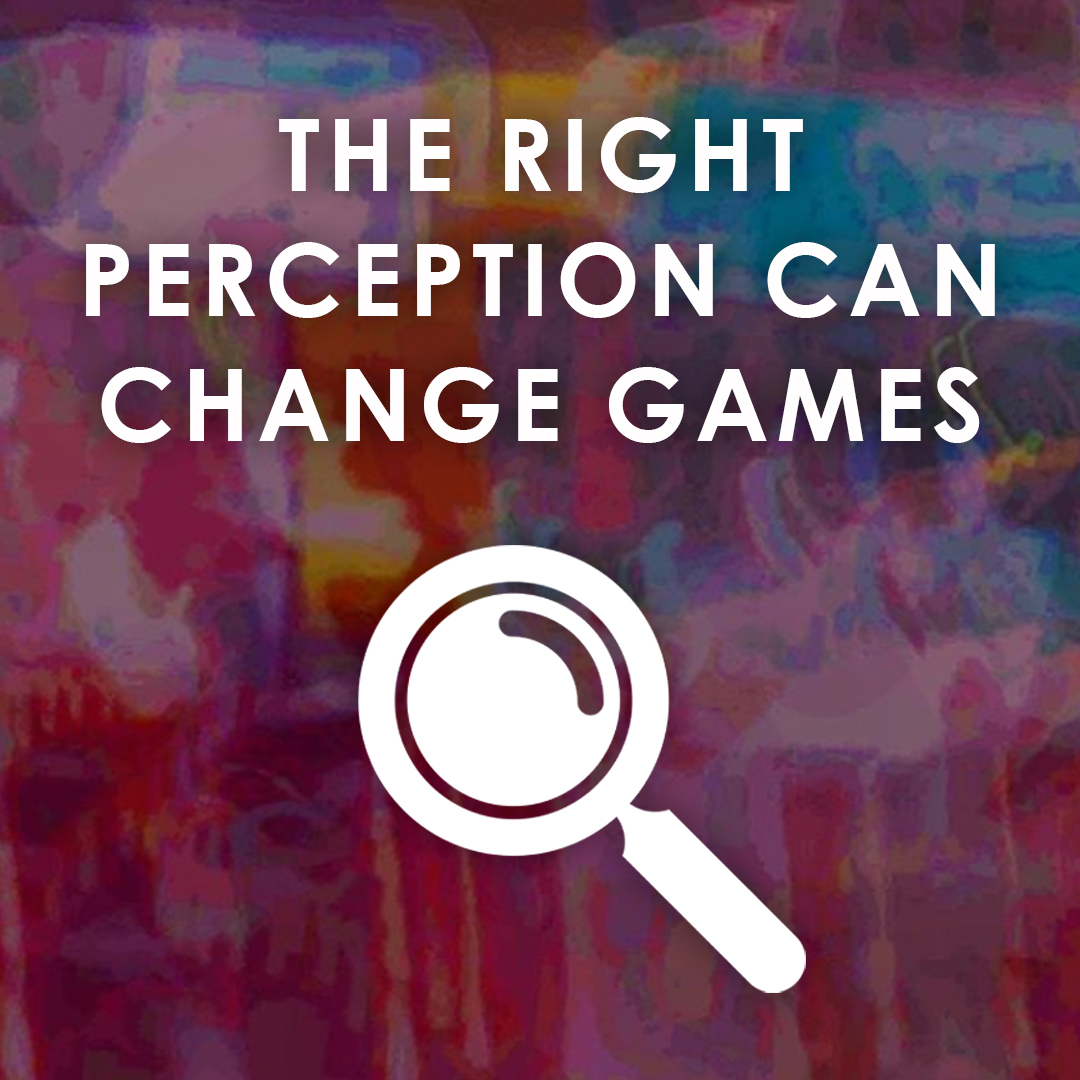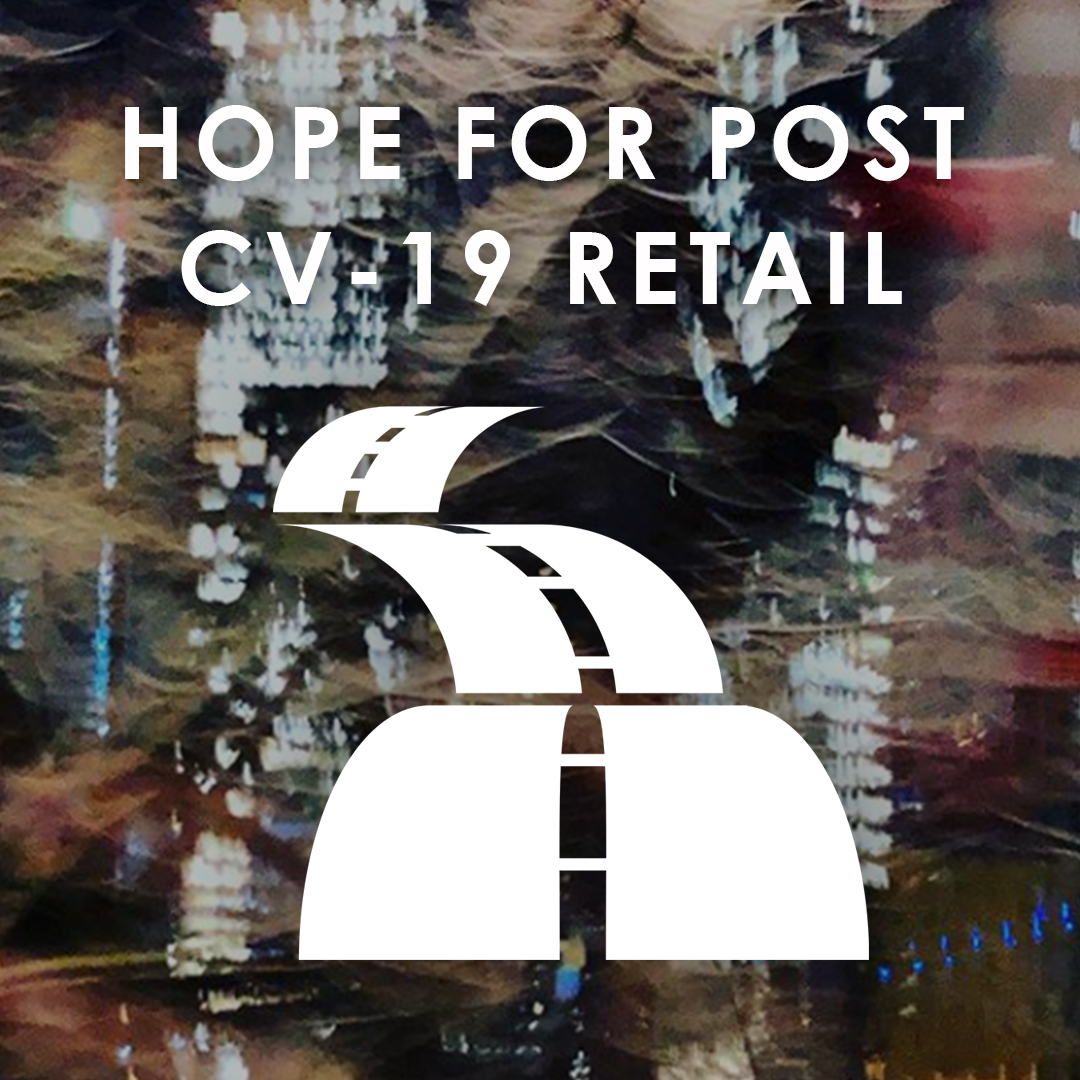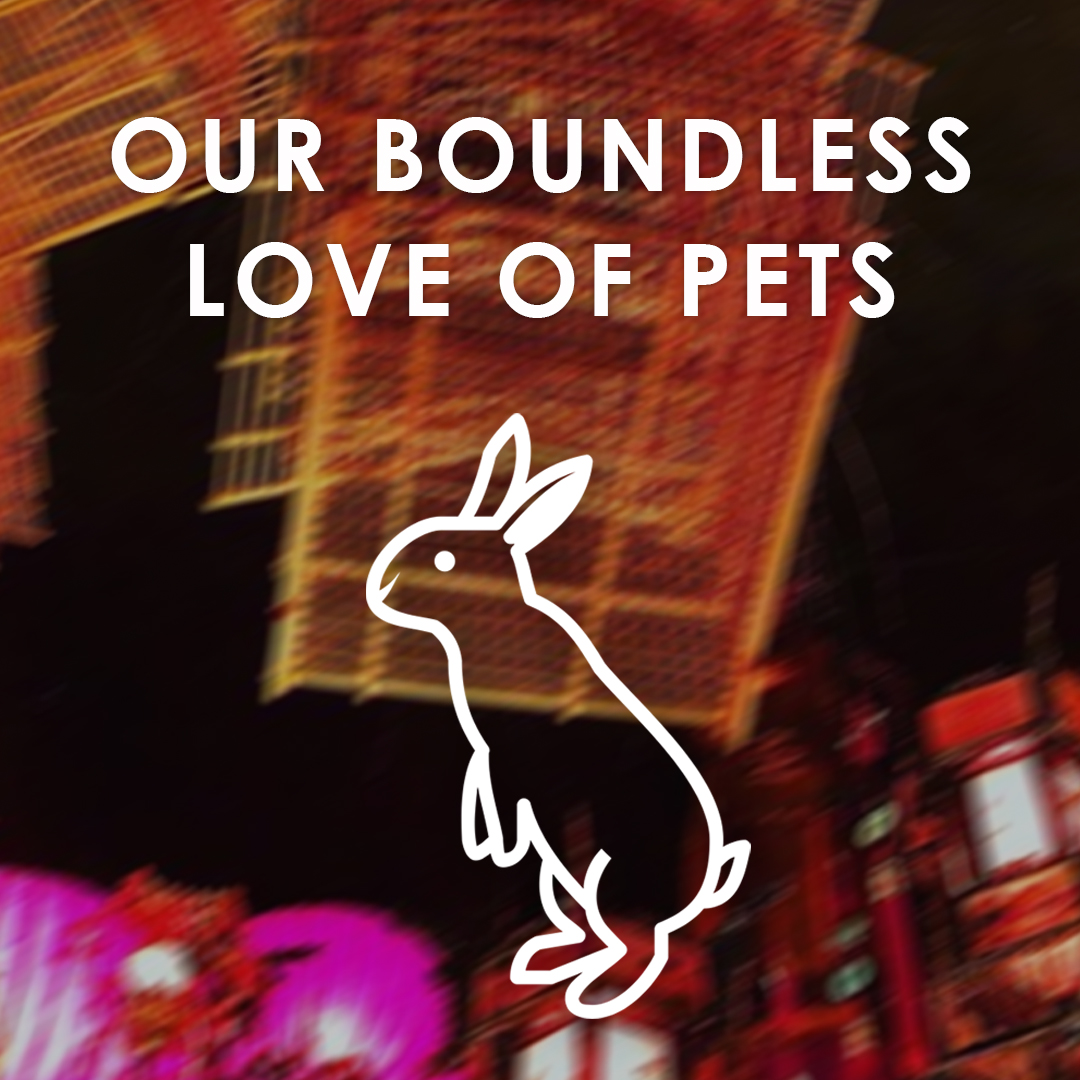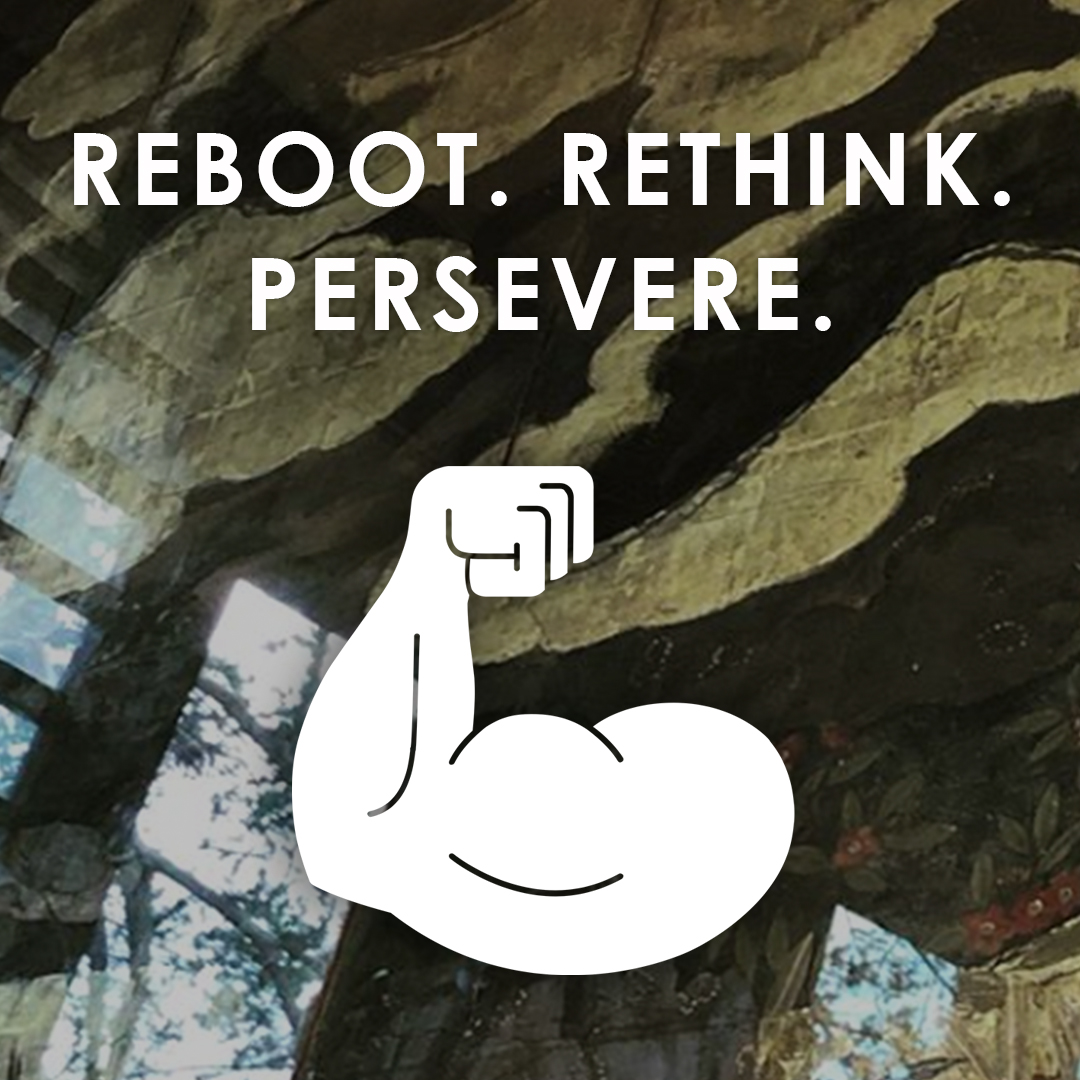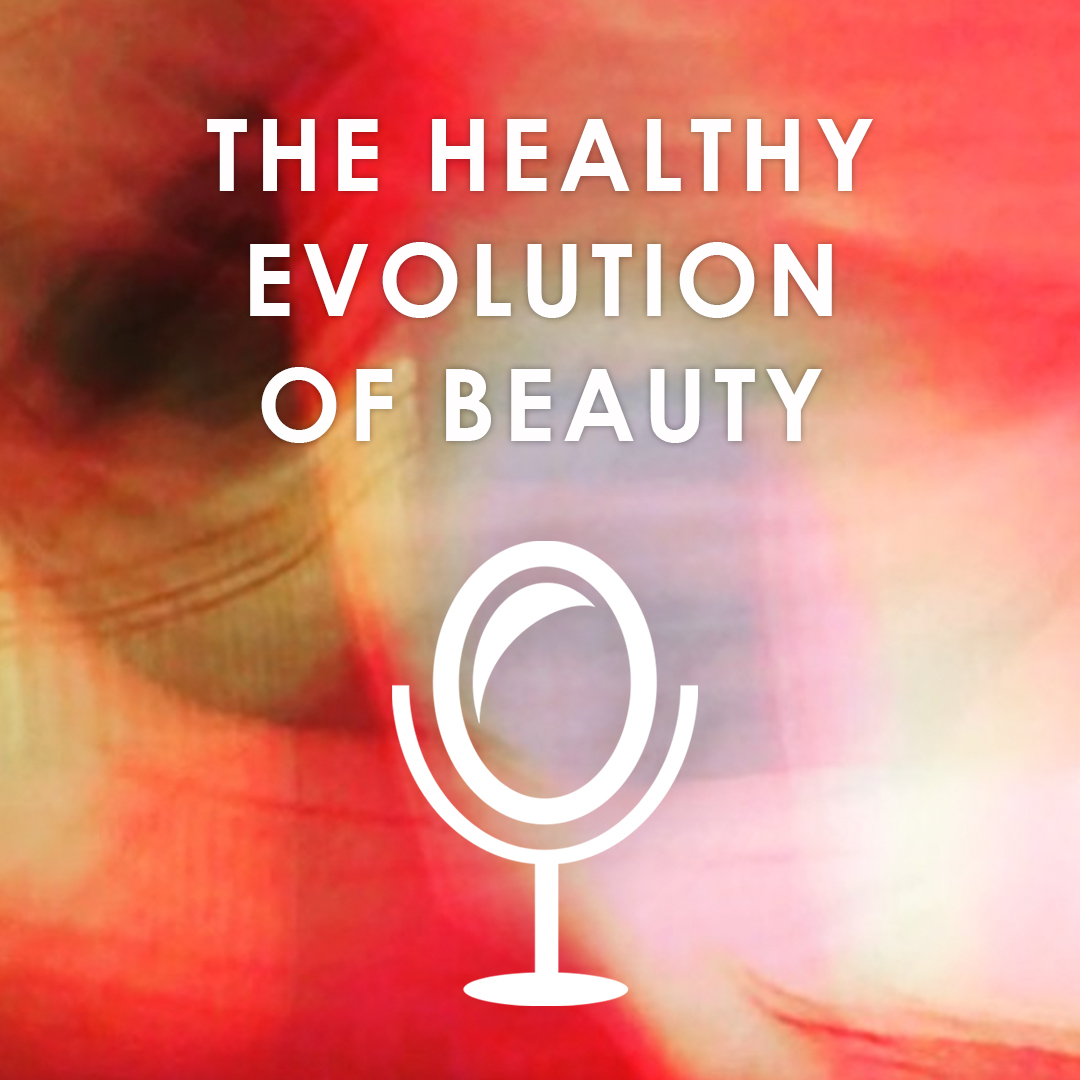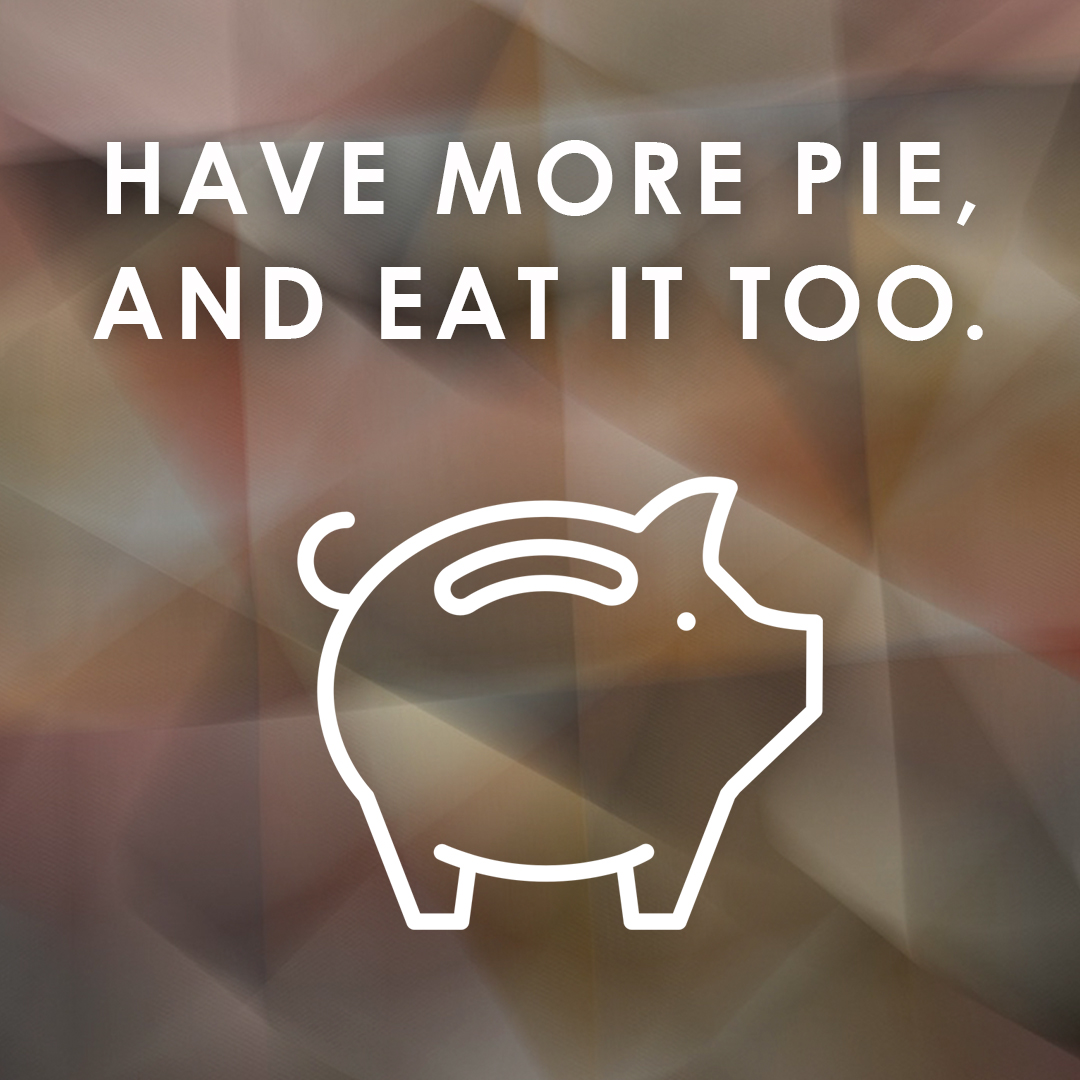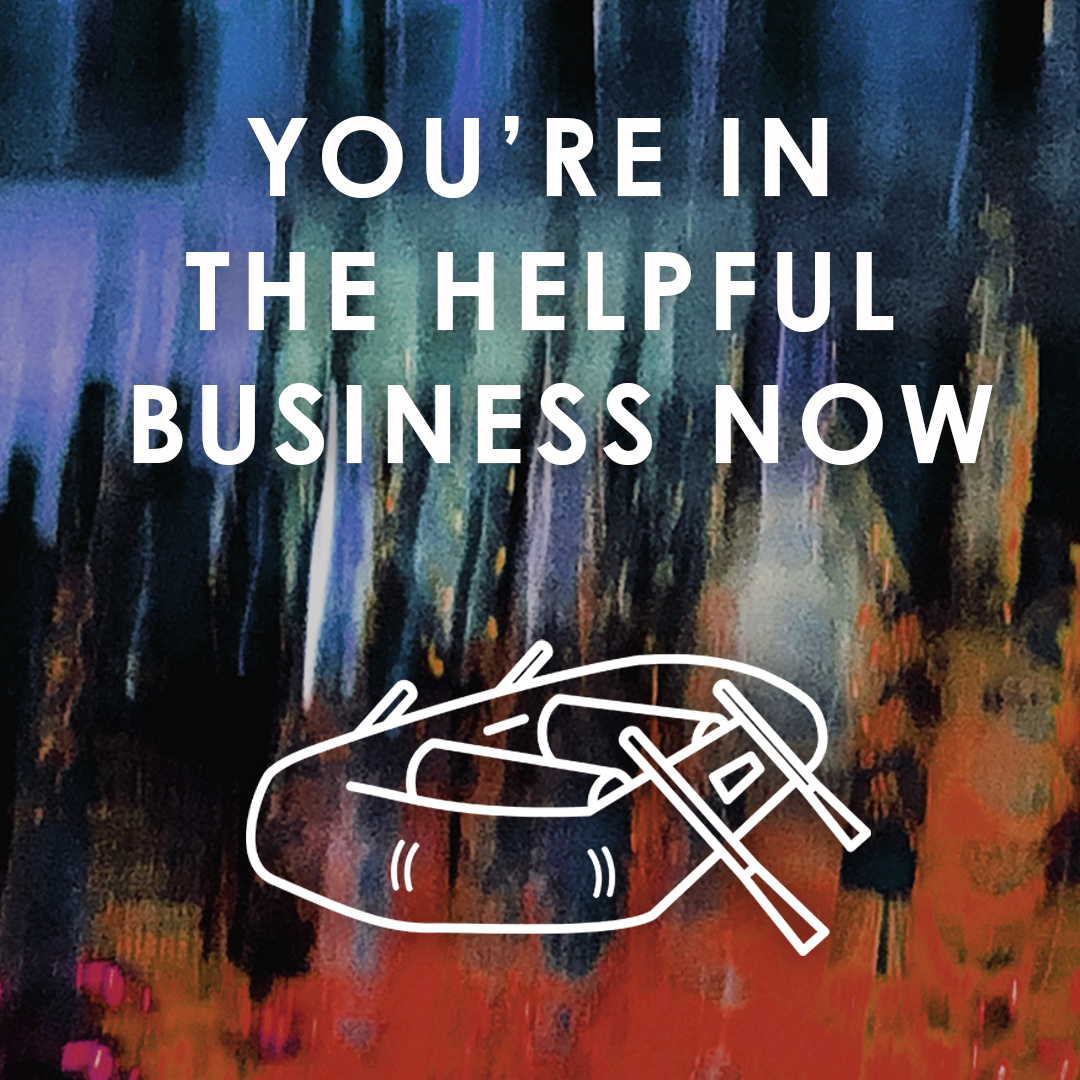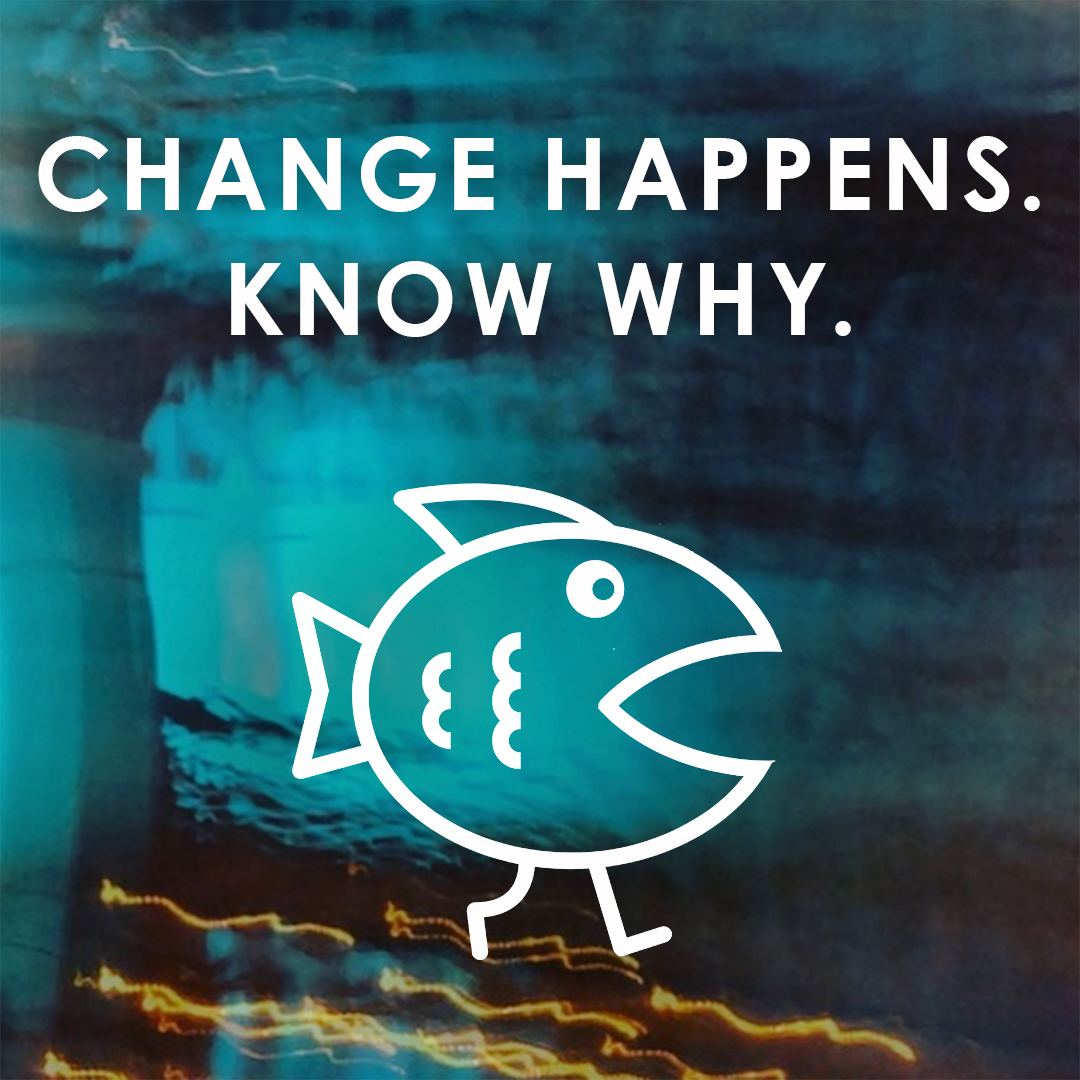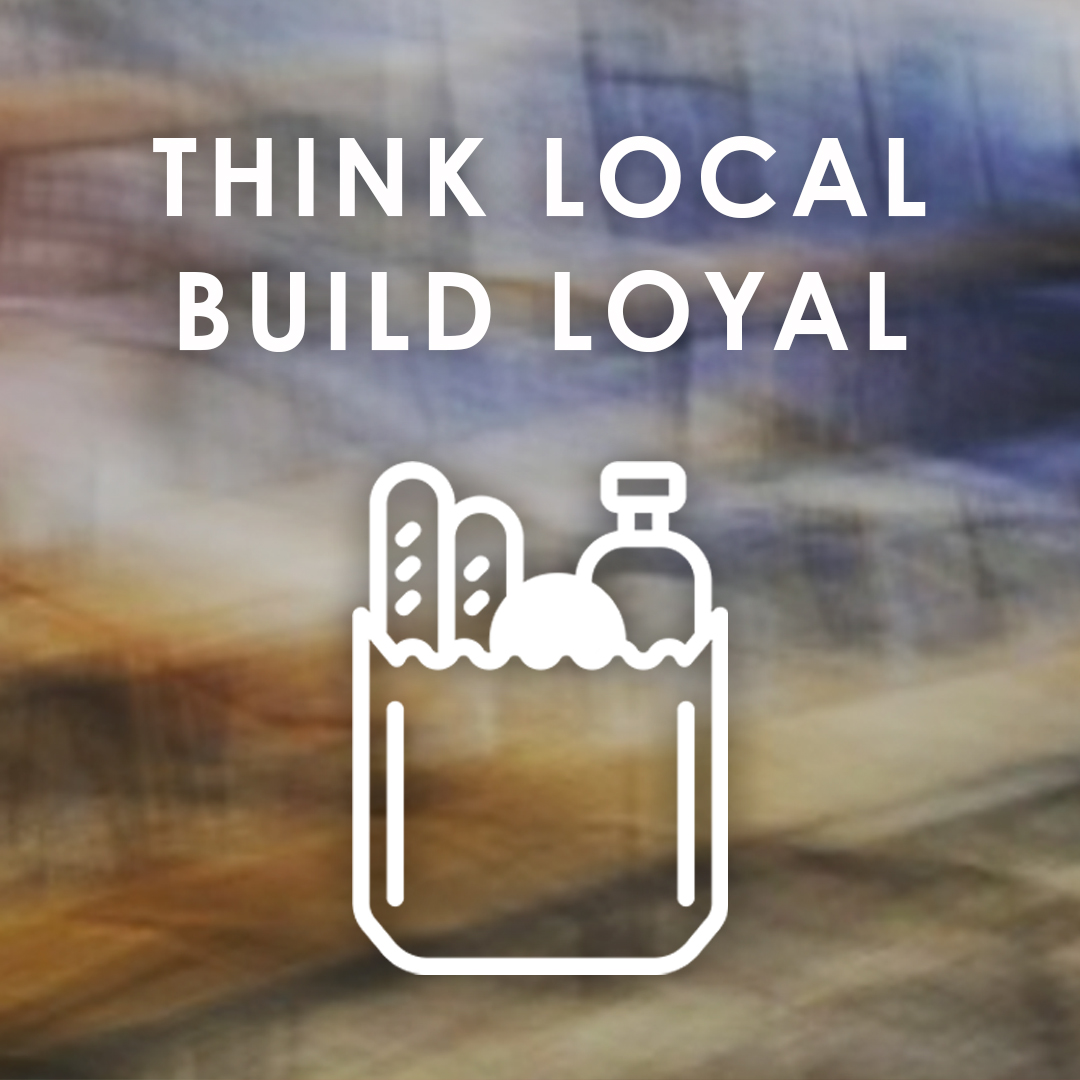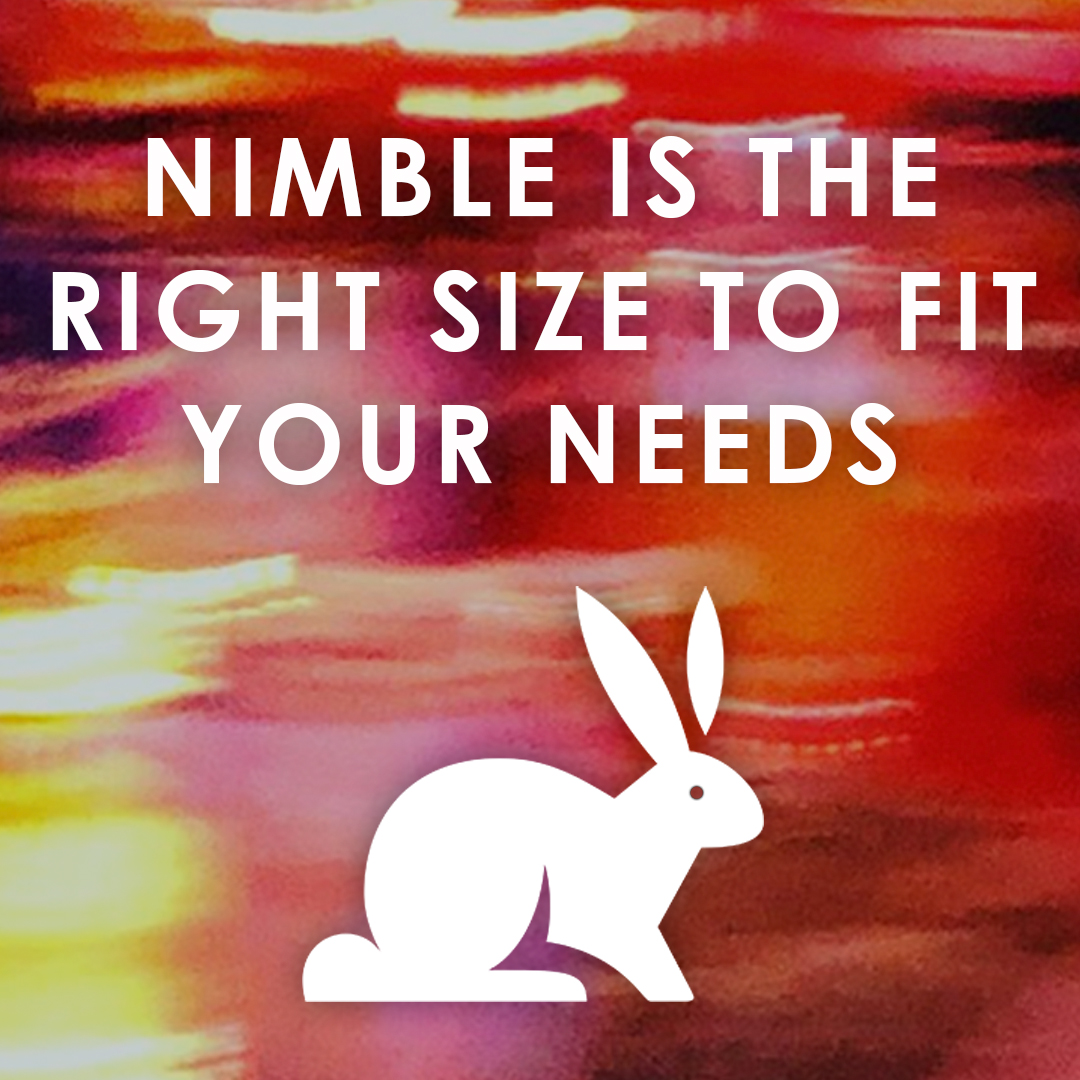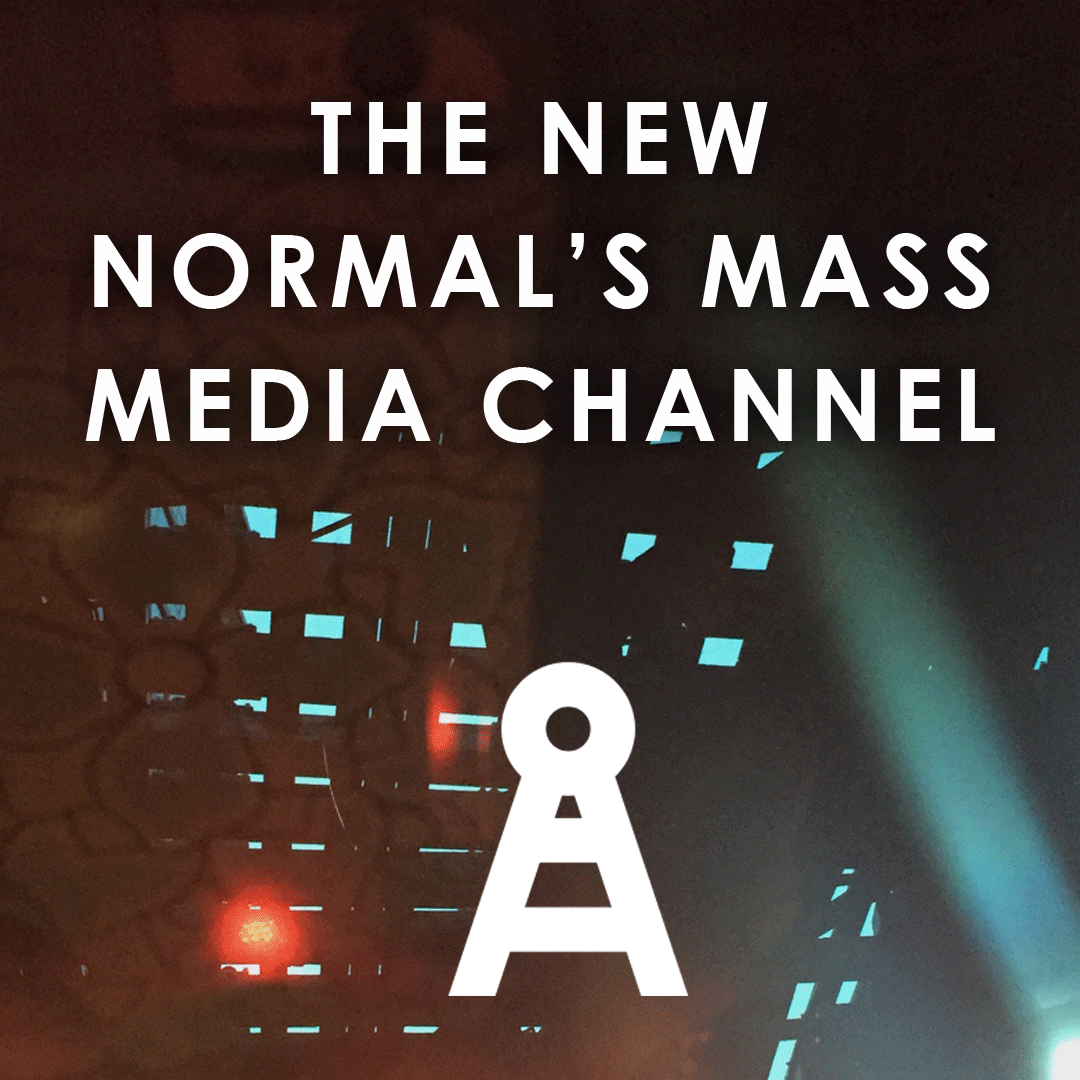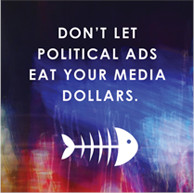Brands and our great expectations
People’s relationships with brands have been evolving since the day someone slapped a label on a jar of jelly. At the core of the consumer and brand relationship is something called trust. Over time the definition of trust and what exactly that means to consumers has changed too. With the global upheaval of the CV-19 pandemic, brands have needed to take an unprecedented look at their relationship with consumers. How brands are trusted, and their moral compasses have taken on greater importance than ever before — and it’s all for good.
Examining the evolution of brands’ relationships with consumers sheds an interesting light on how brands are looked at today and why. A very interesting article by Harlan Kennedy examines four specific brand ages, beginning with the inception of brands at the turn of the century. The age of Individual Trust (1906-1945), marks a period in time where people began asking if the product or service they were being sold would simply do what it claimed. In its simplest form, people wanted to know if brands would hurt them or help them.
Next, fueled by Post WWII optimism, prosperity and upward mobility, the age of Individual Transformation (1945-2000) arrived, and with it a belief that brands could actually change us or make us better. From a space-age oven to a pair of basketball shoes, what their shiny logos told the world around us mattered and made us feel great. For good or for bad, this was a short romance that soon left consumers wanting more.
Yes, when we awoke after partying like it was 1999, our trust in brands began to shift dramatically. With events like the Dot-com bubble burst, 9/11 terrorist attack and the growing awareness of global warming (just to name a few), our attention began to spin from “me” to “us”. Entering the age of Collective Trust (2000-2016), we began looking at the businesses behind brands, longing to know if those companies could be trusted to be who they said they were, and would they help us or hurt us. This period would set the stage for a unique shift in consumer power.
Building on the back of greater accountability and expectations, we stumbled into 2016 and the fourth and current brand age, Collective Transformation. Today consumers are looking to brands not just to change them and make them better, but change the world and make it better. The signing of the Paris Agreement on climate change marked an important step for far greater accountability from government and corporate leaders to make the world better. Today consumers demand brands and their CEOs to lead change for the collective good. Brands have made strides to step up and take stands with both success and failure, and regardless of polarizing reactions and outcomes, their efforts prove brands hear the cry and are making an effort to answer.
Consumers’ high expectations for brands are here to stay, and the dramatic and traumatic effects of CV-19 are only amplifying them more. Brands need to dig deep and examine their core values, why they exist and how their reason for being is helping make the world a better place. By listening to their employees and their customers, brands can keep a finger on the pulse of what truly matters and how they can help.
On that note, Unbound’s nimble team of problem solvers would love to help you dig deep and navigate the new waters of a post CV-19 world. Our vast research experience and adaptive creative resource model gives clients “just right sizing” for efficient and effective results.

